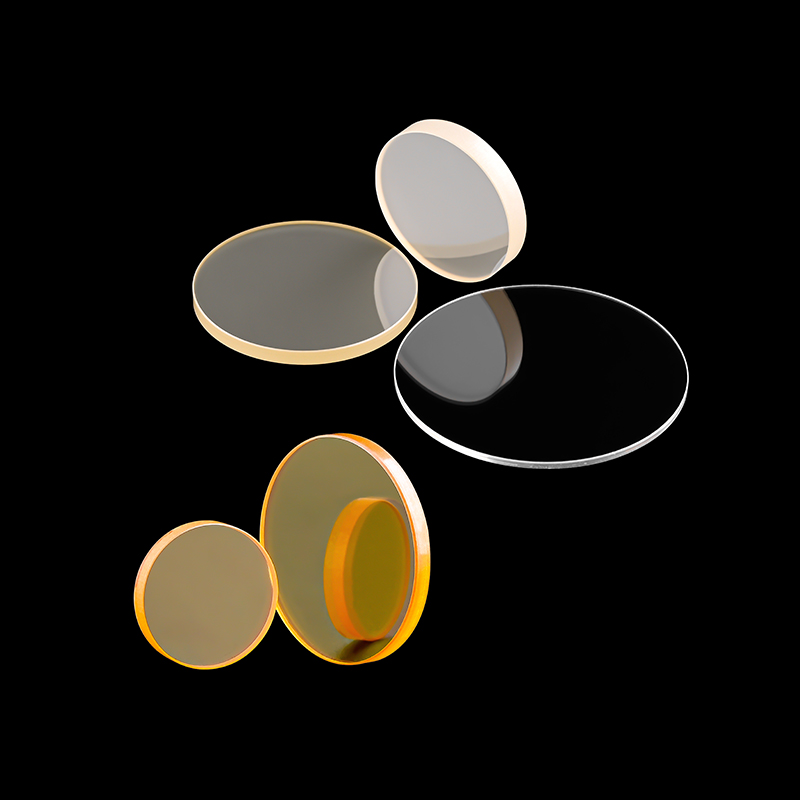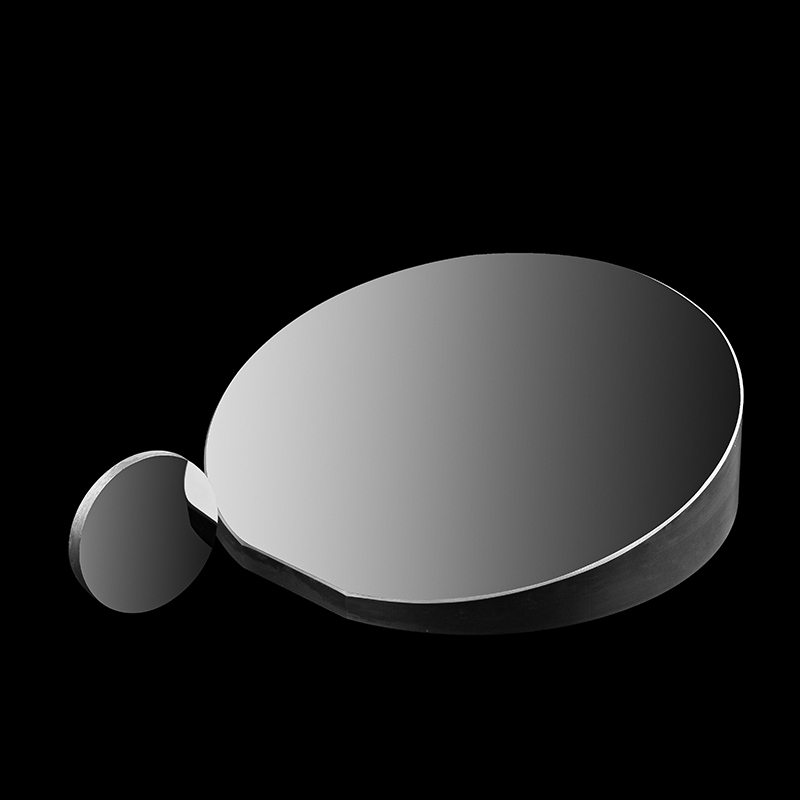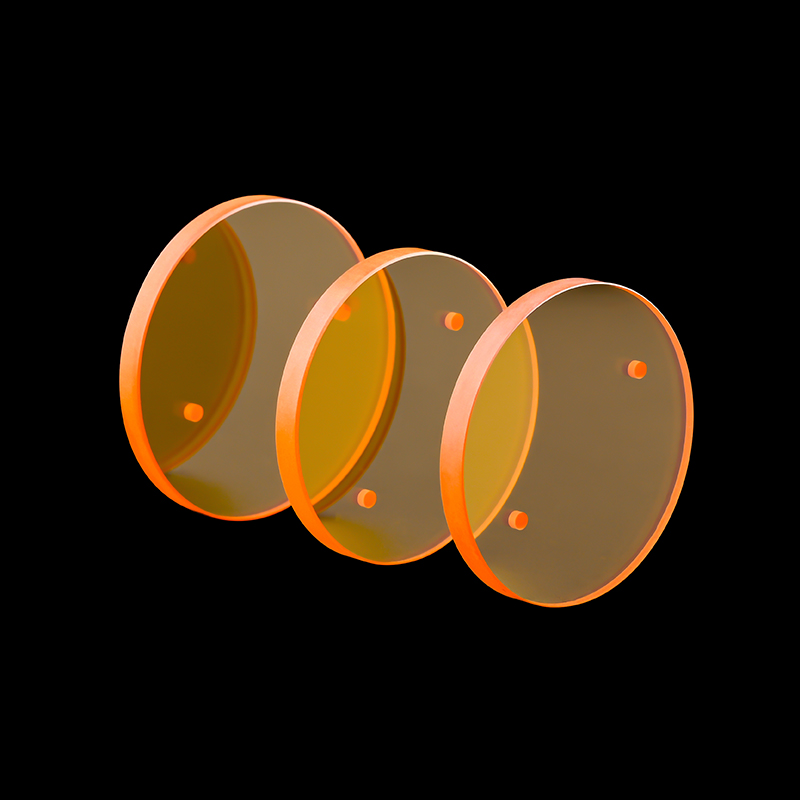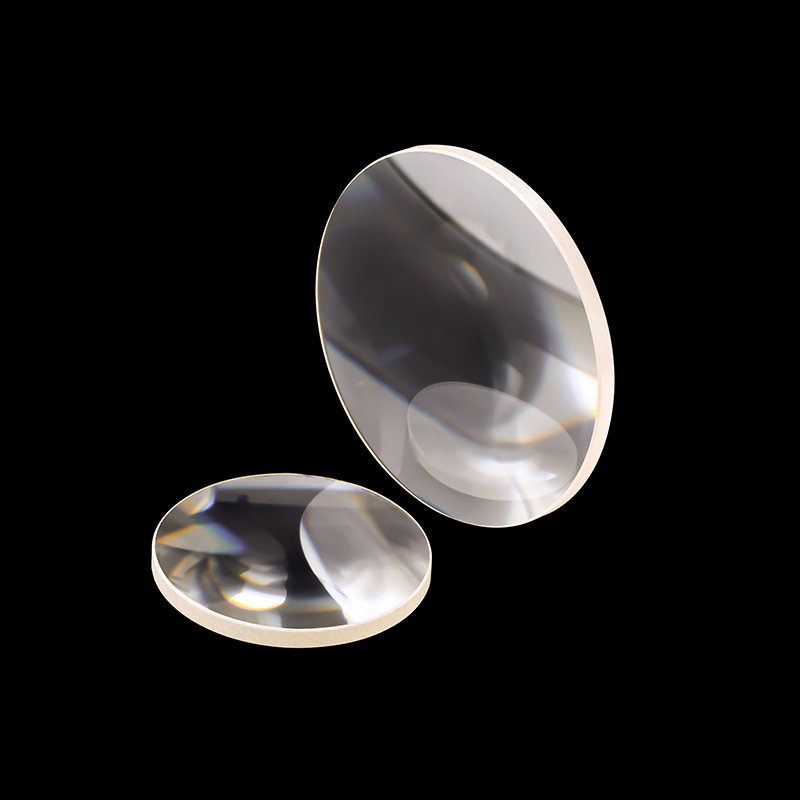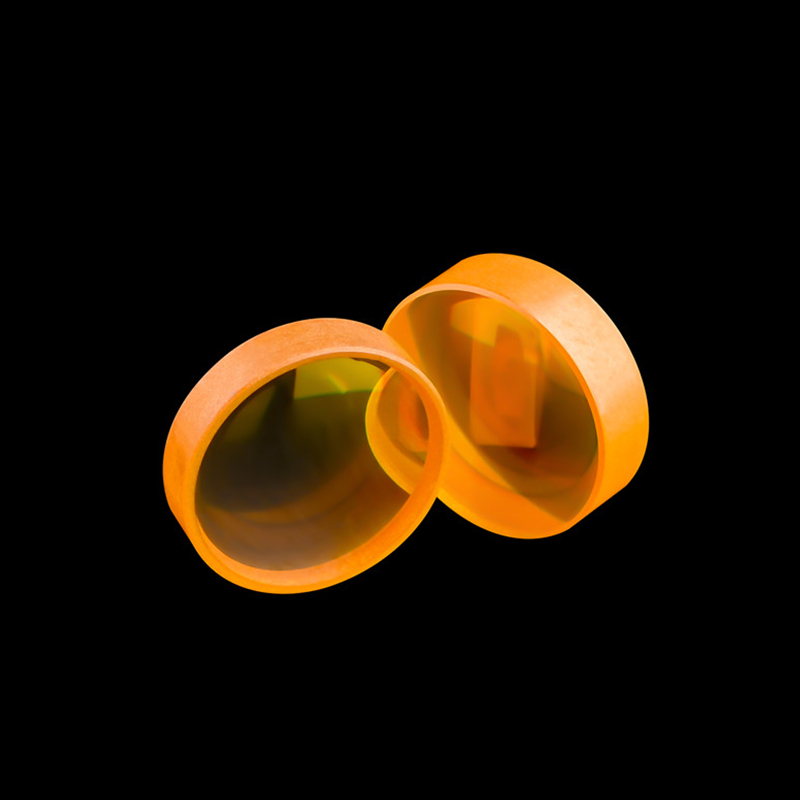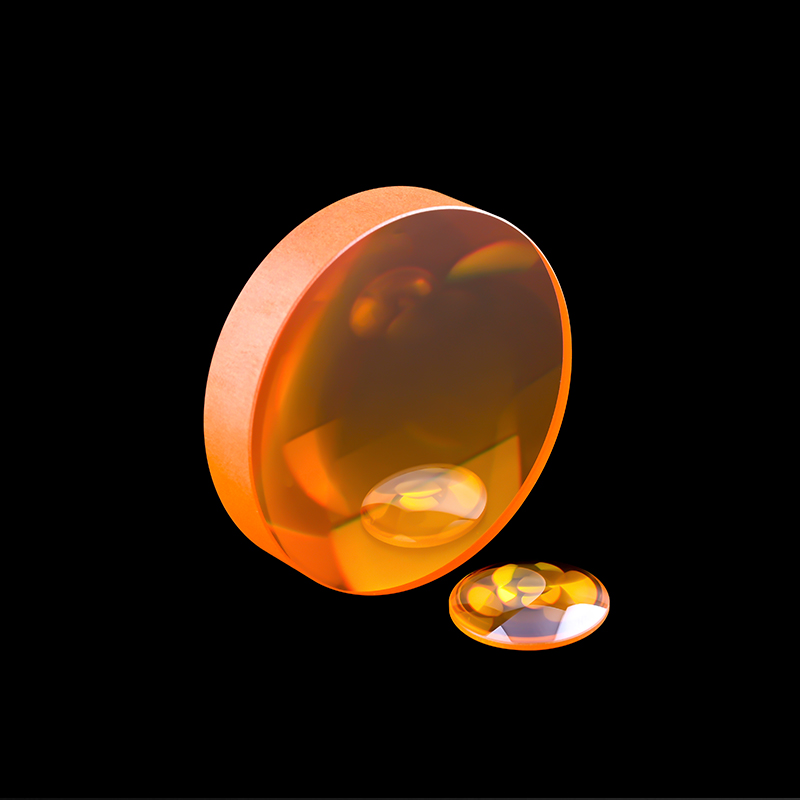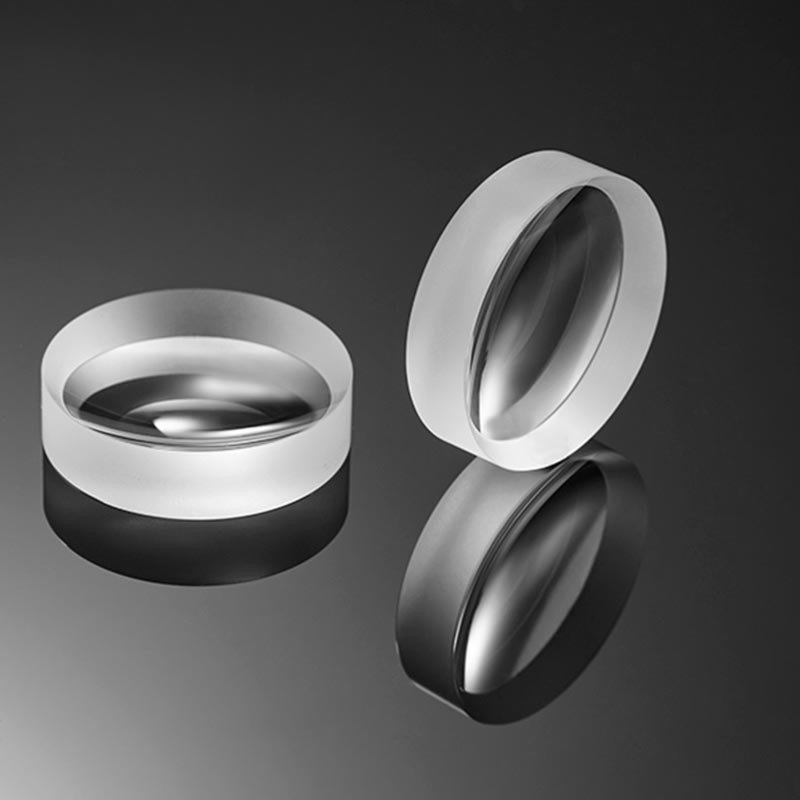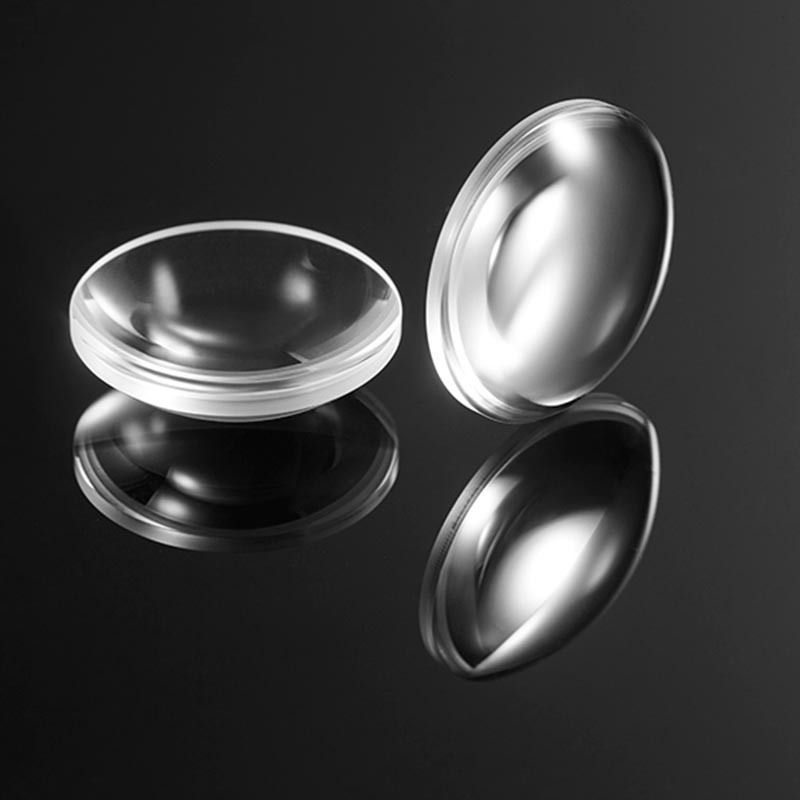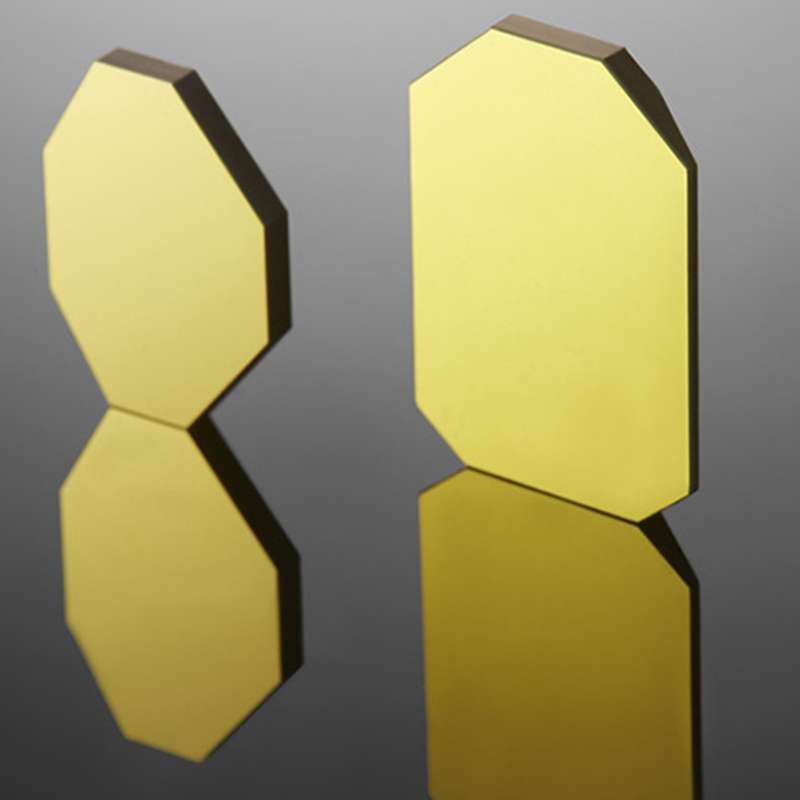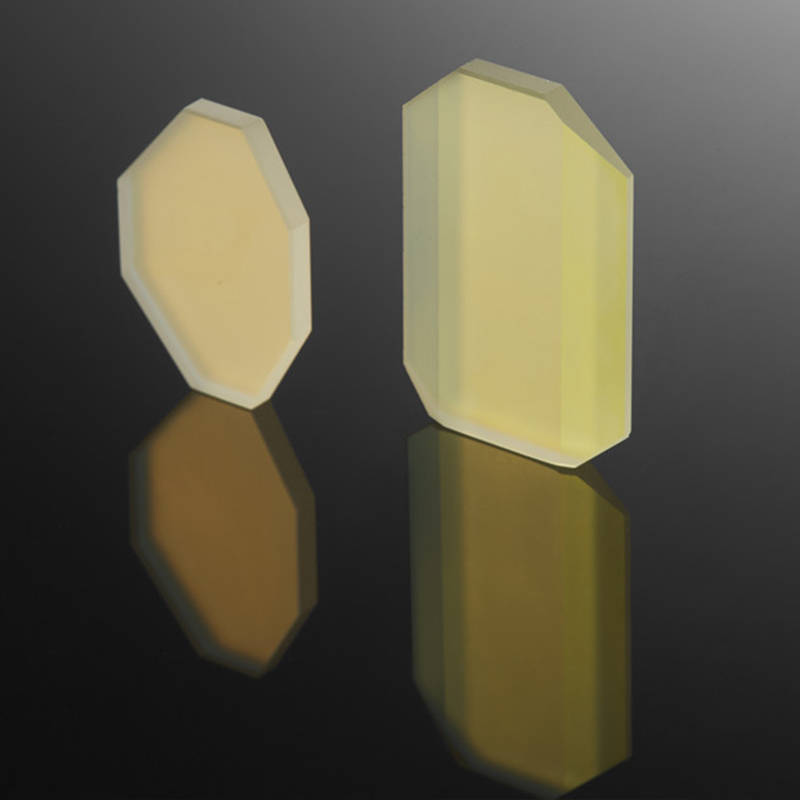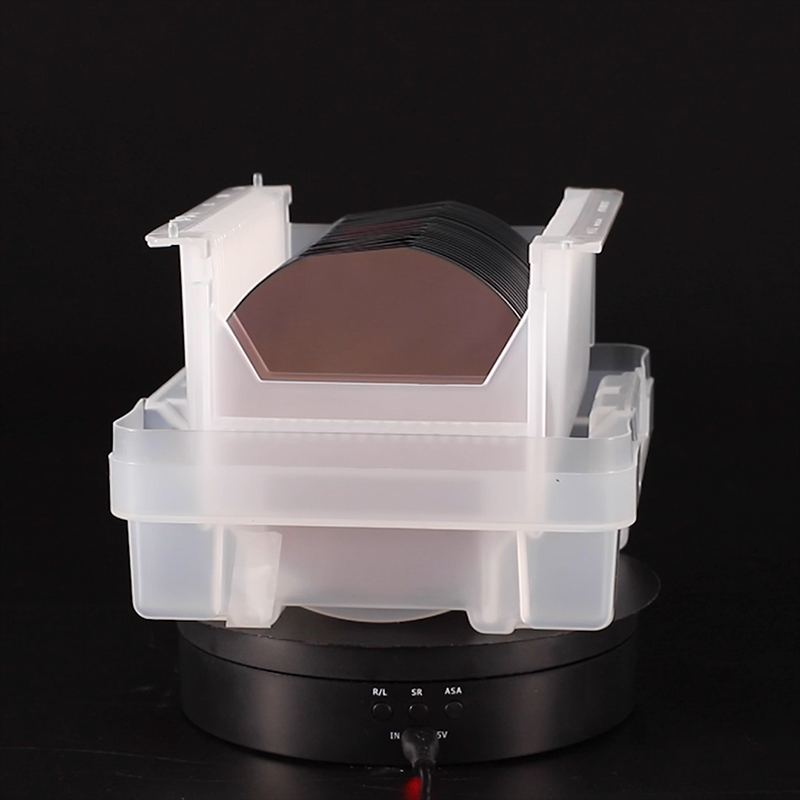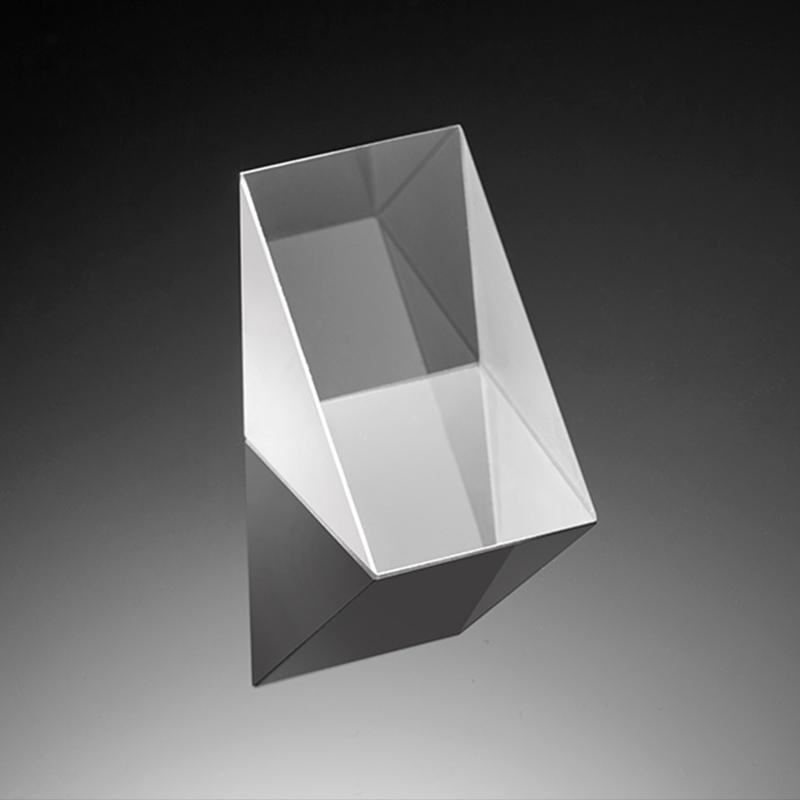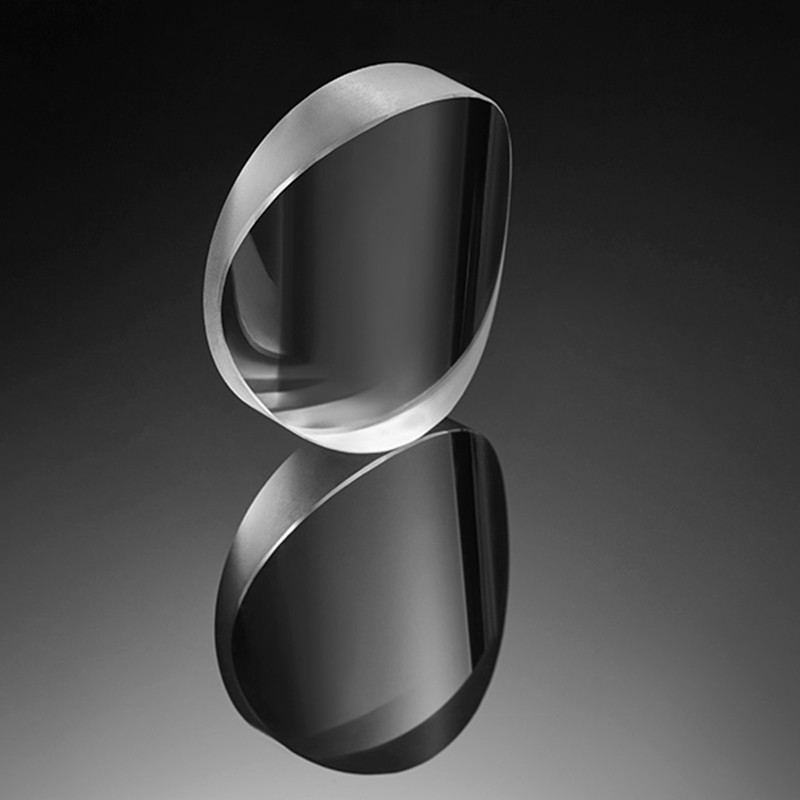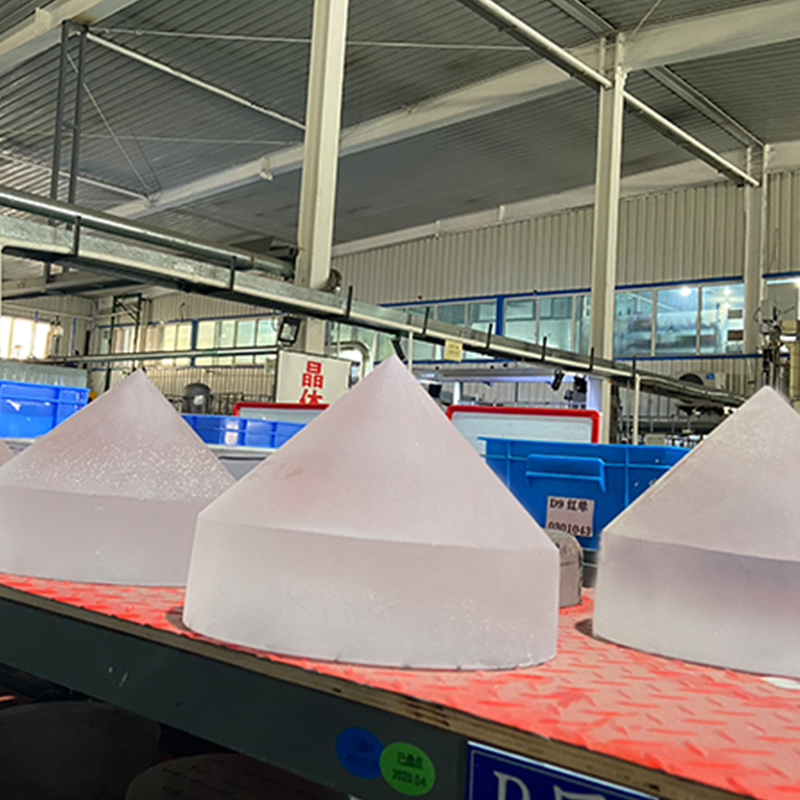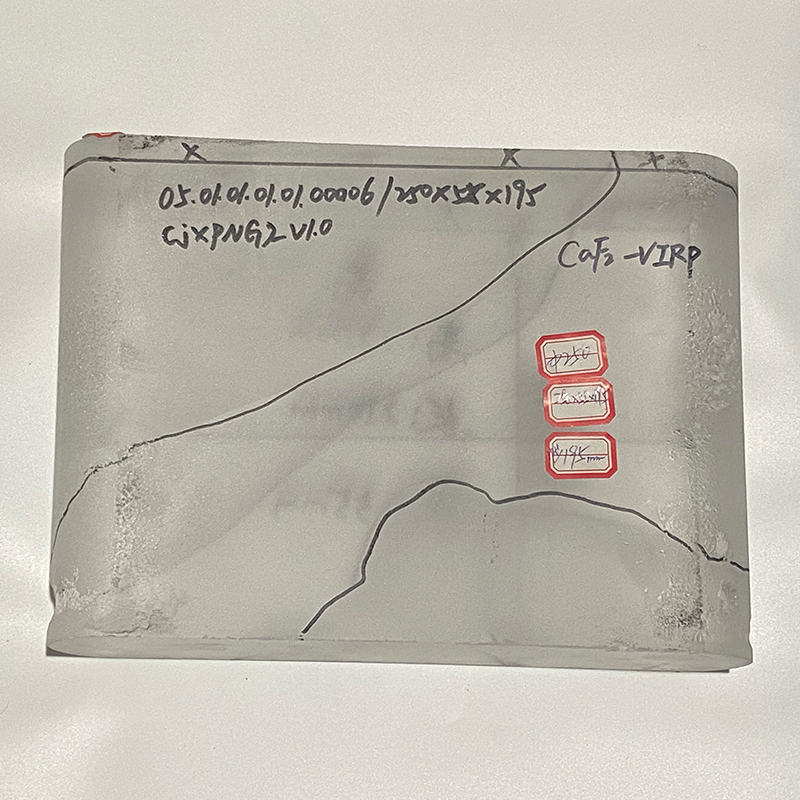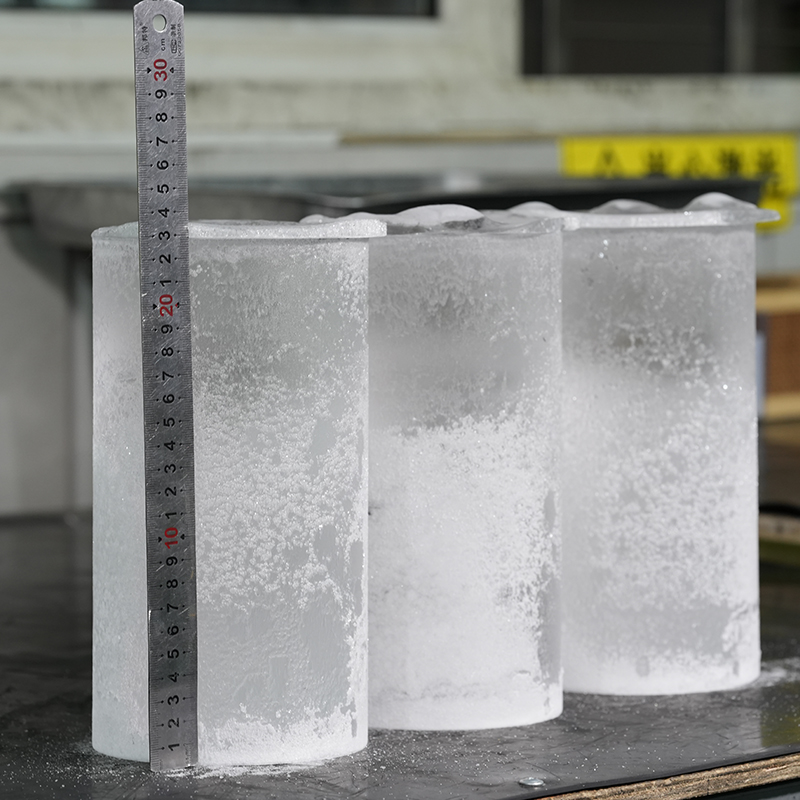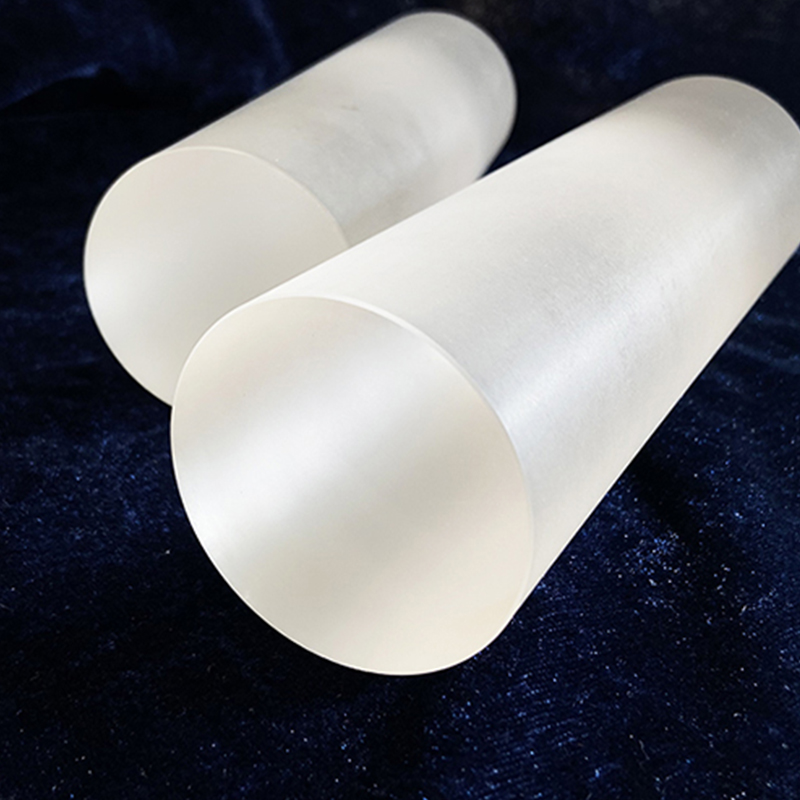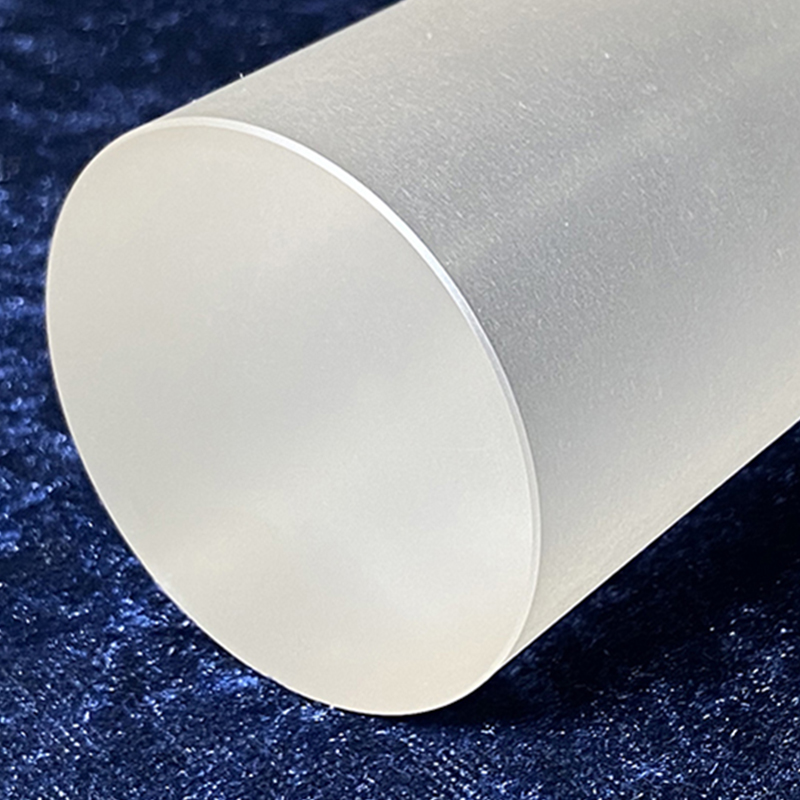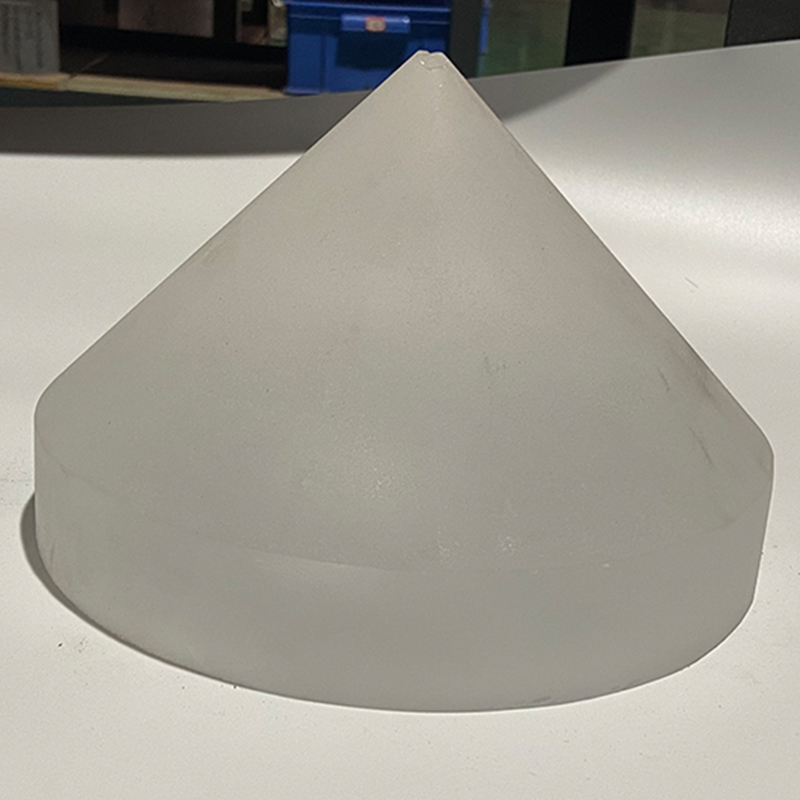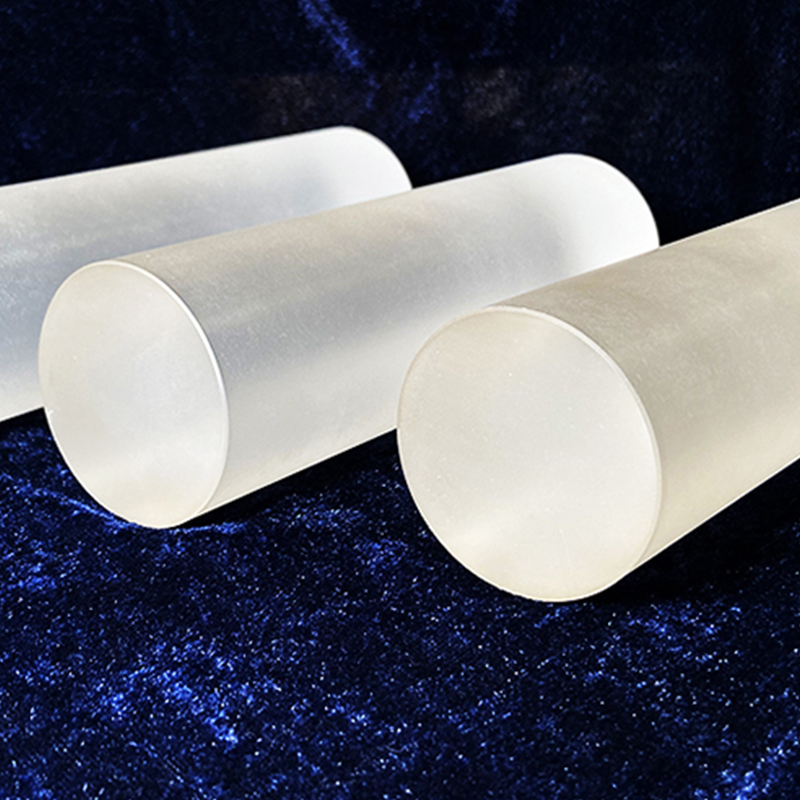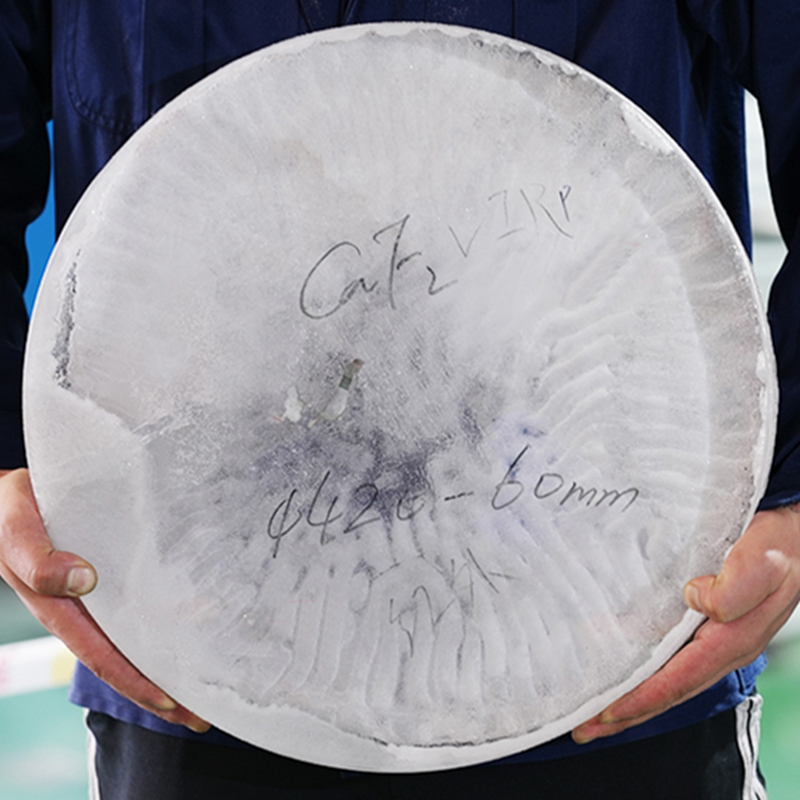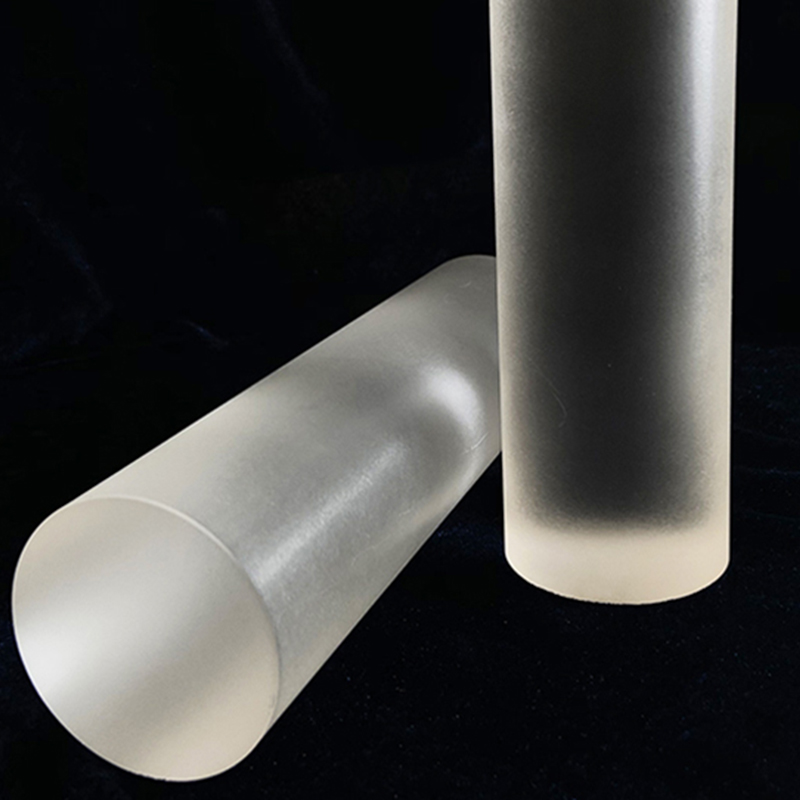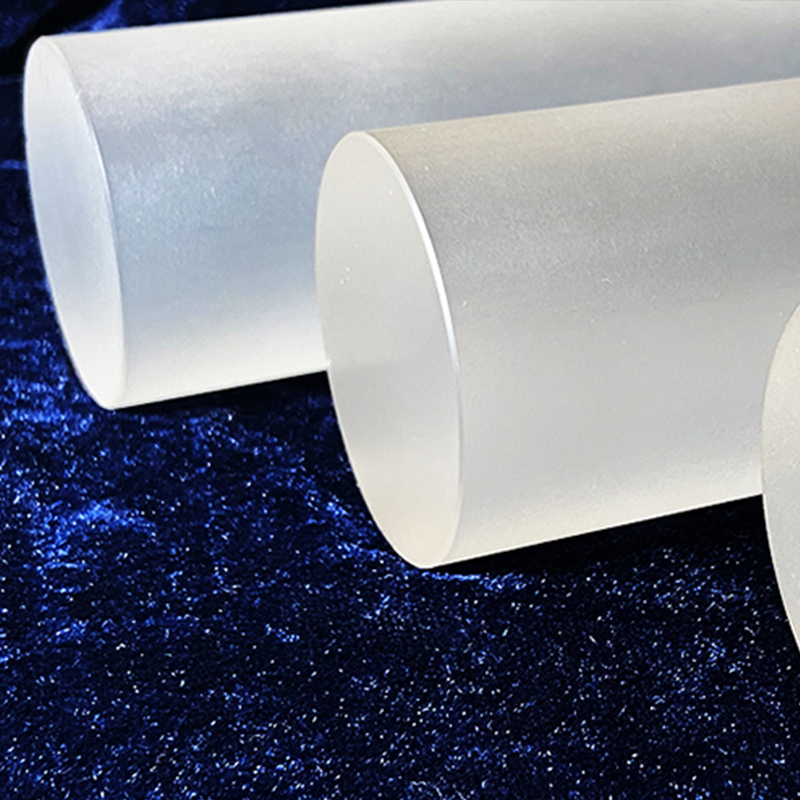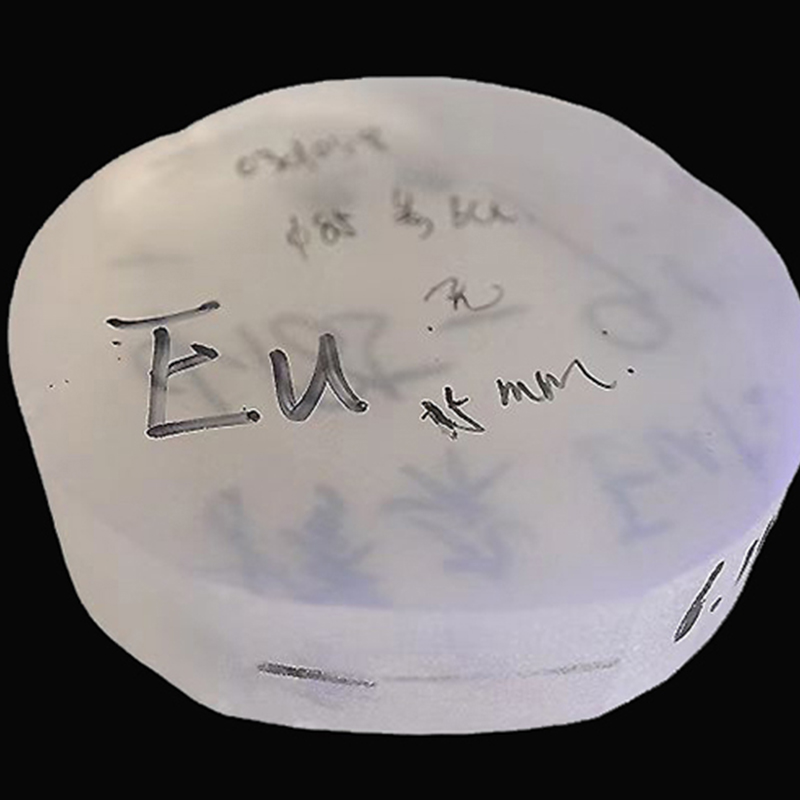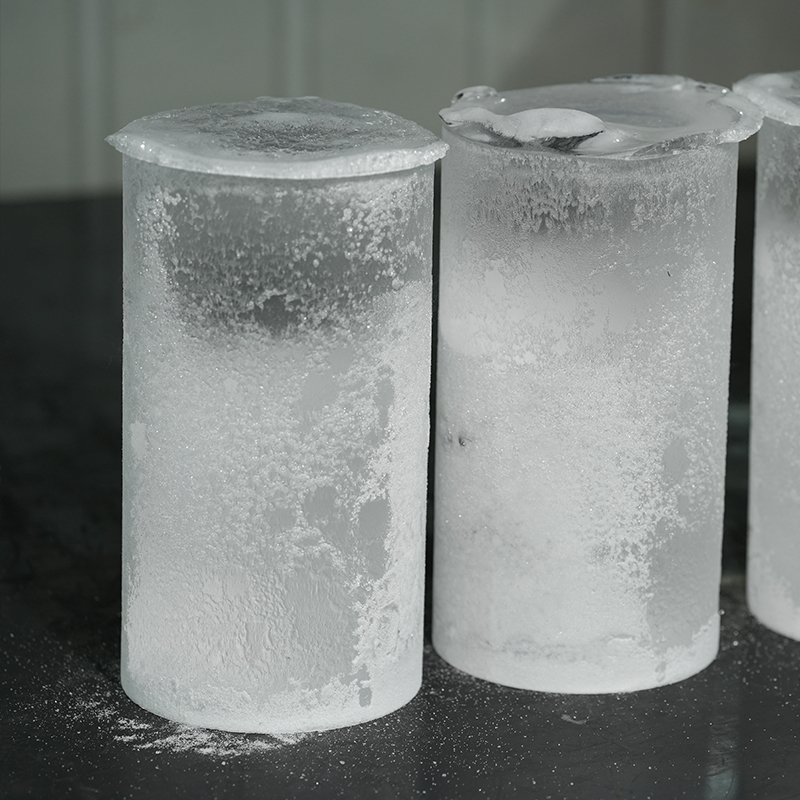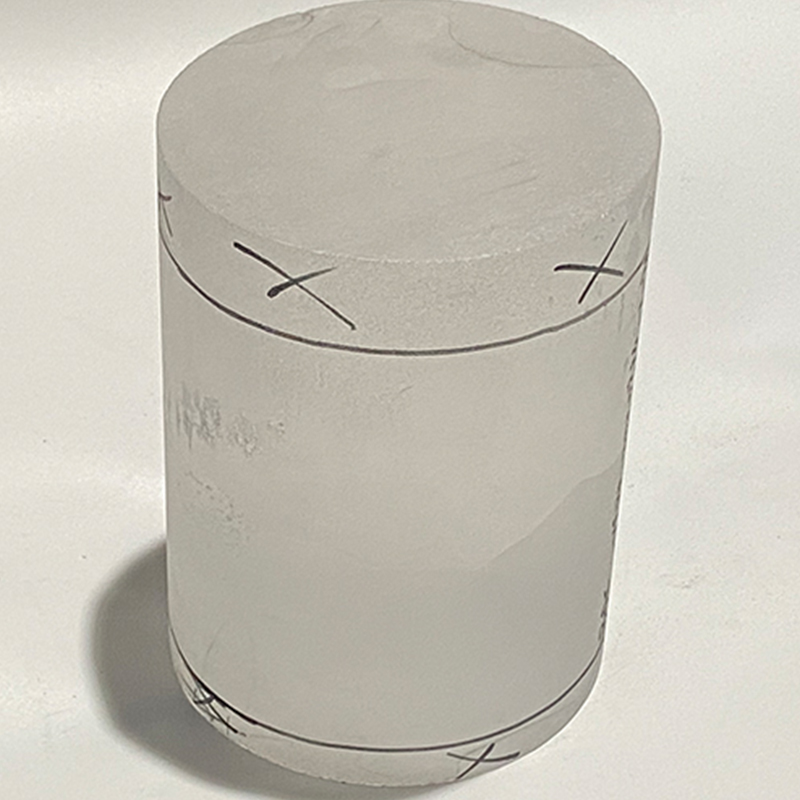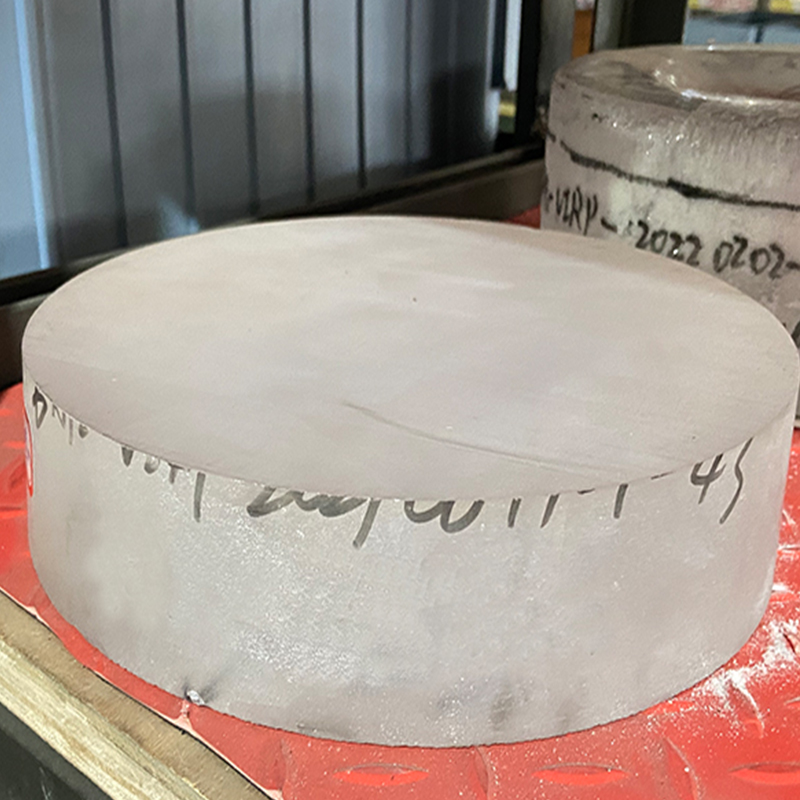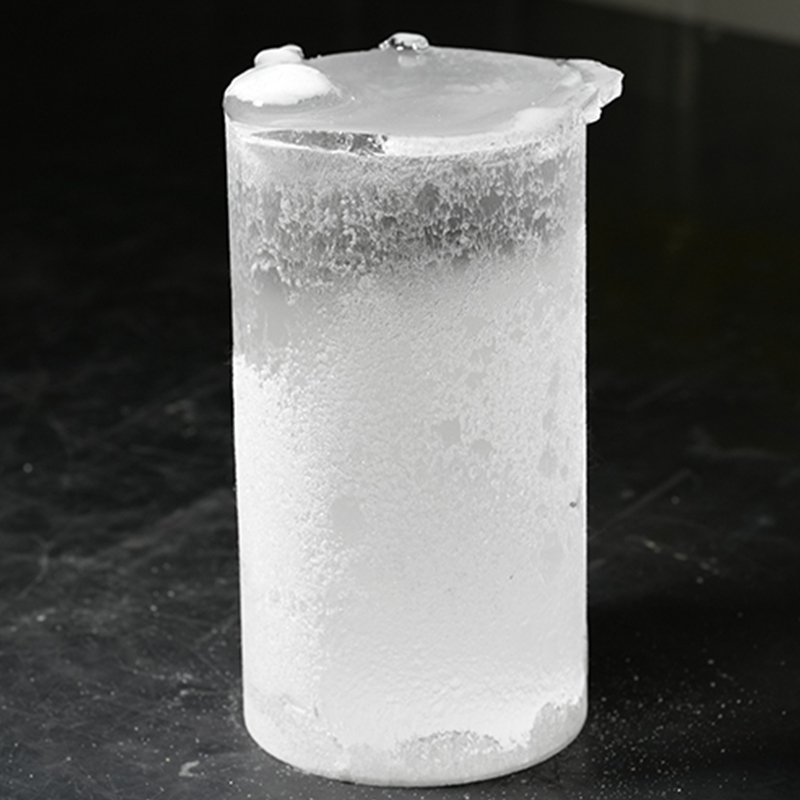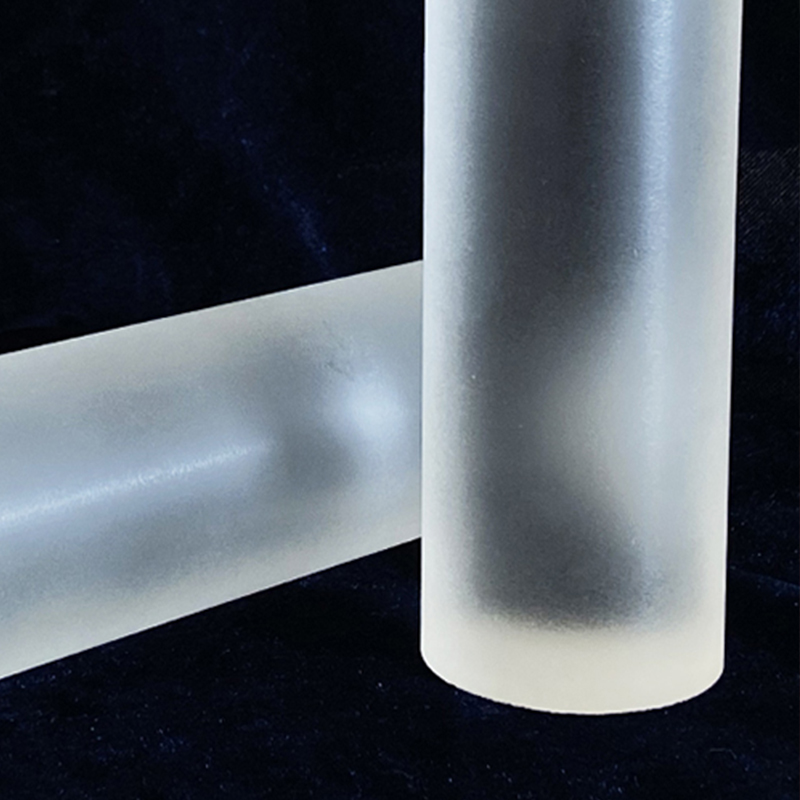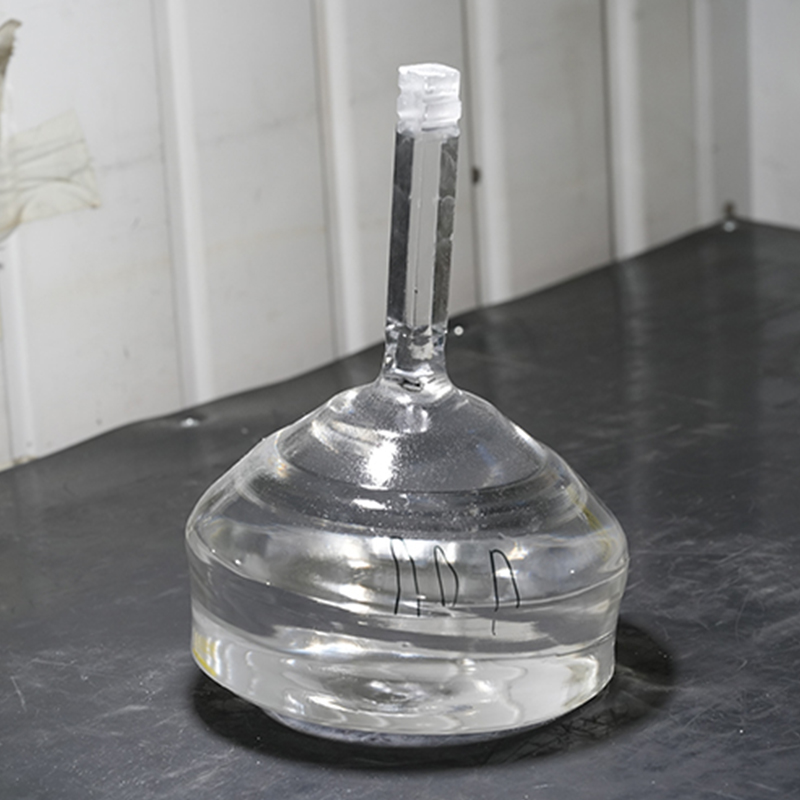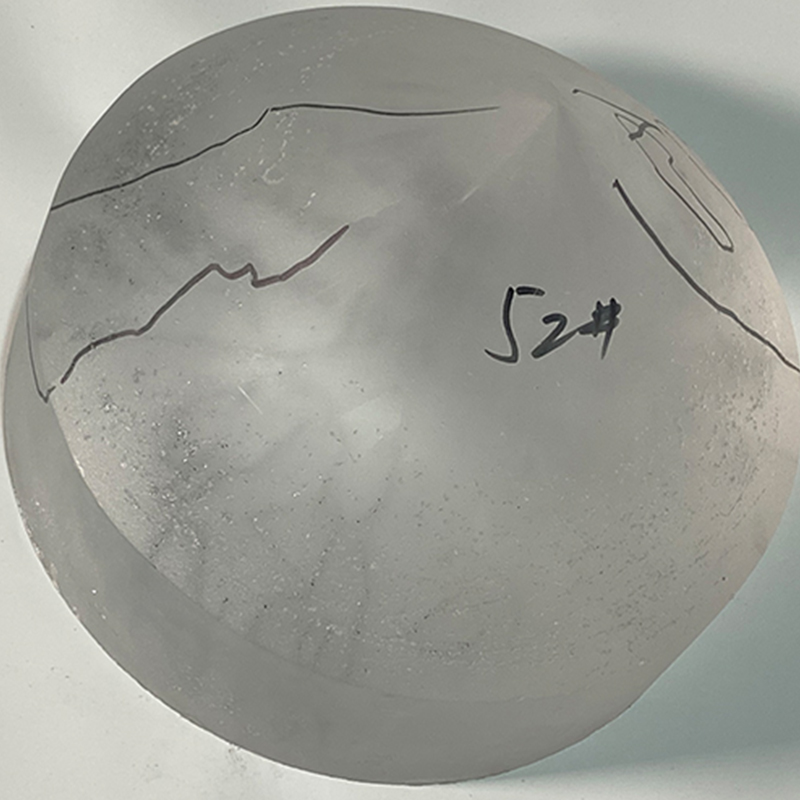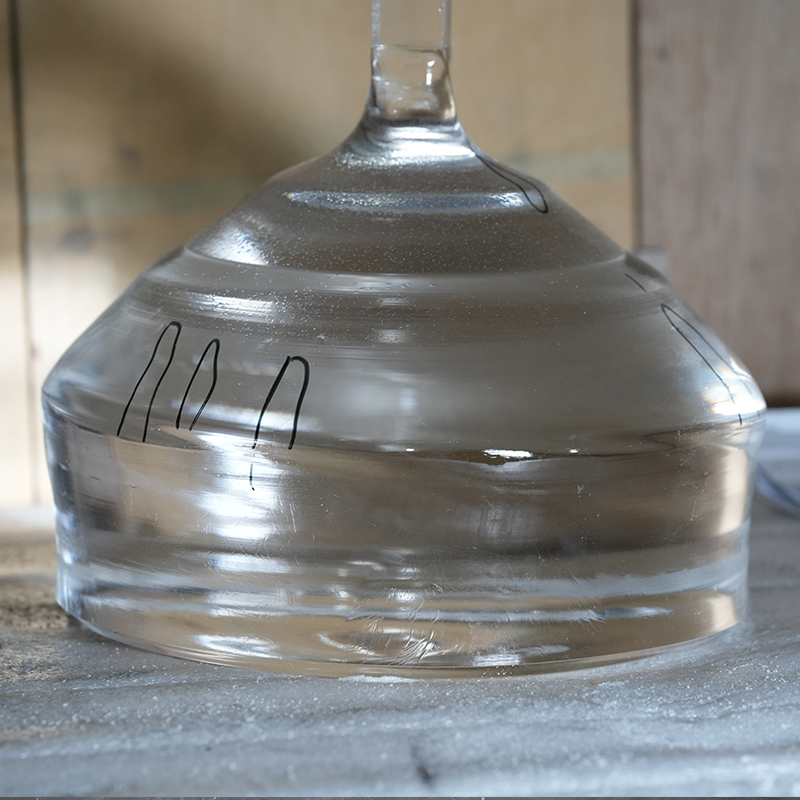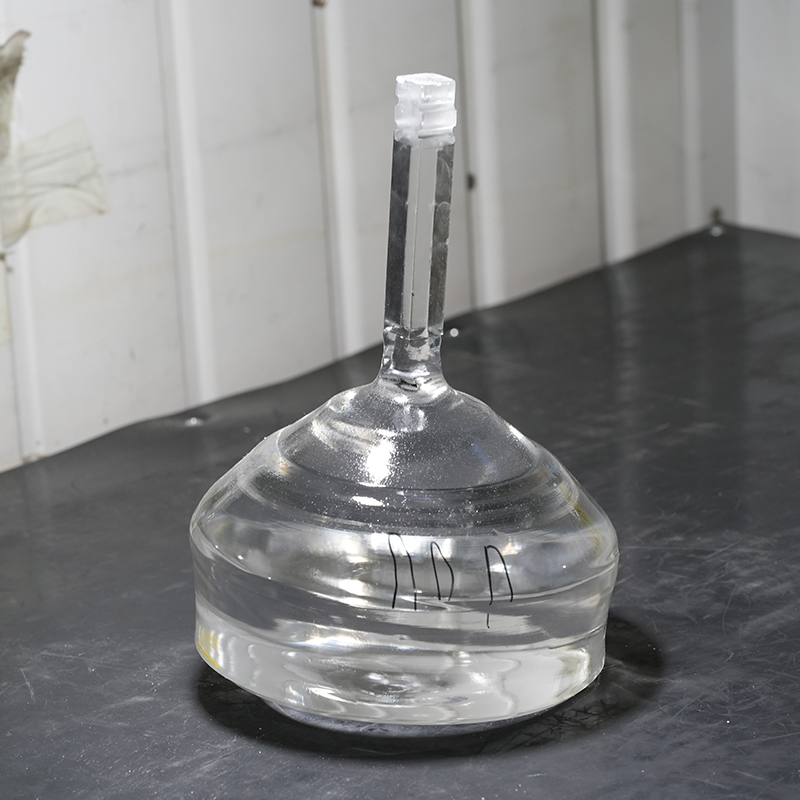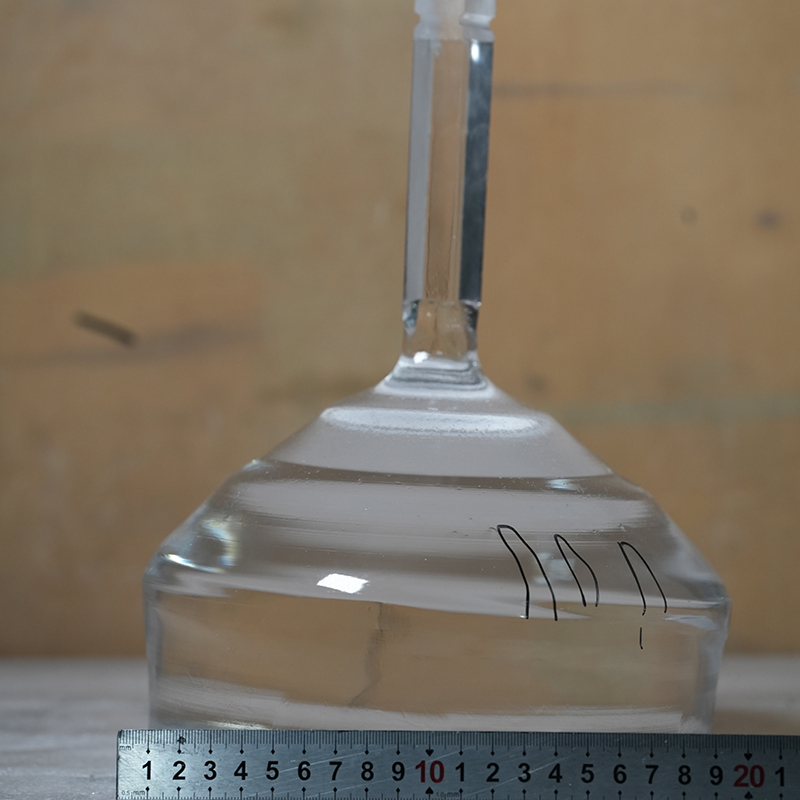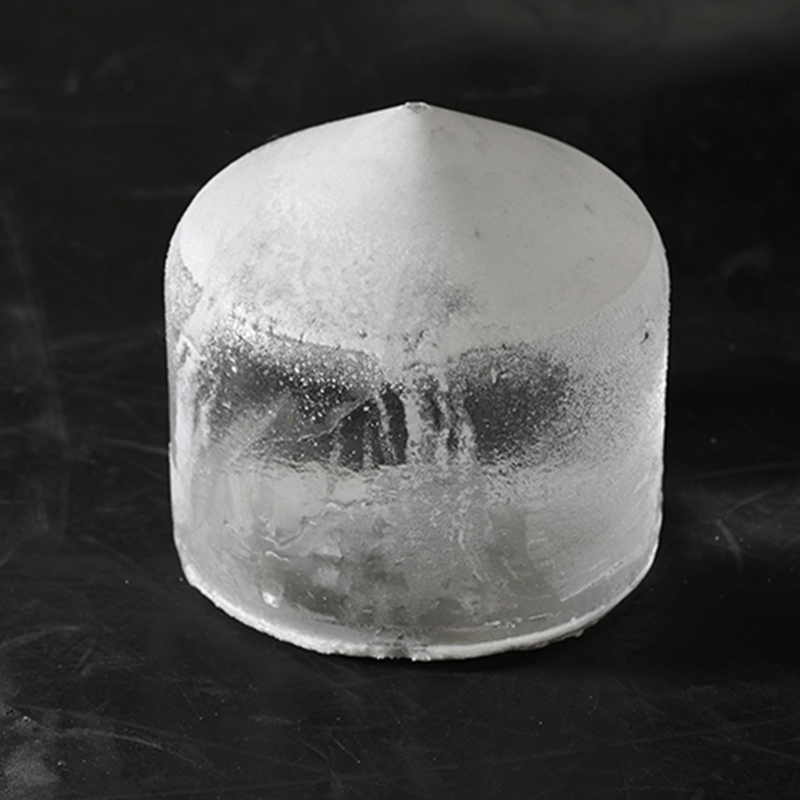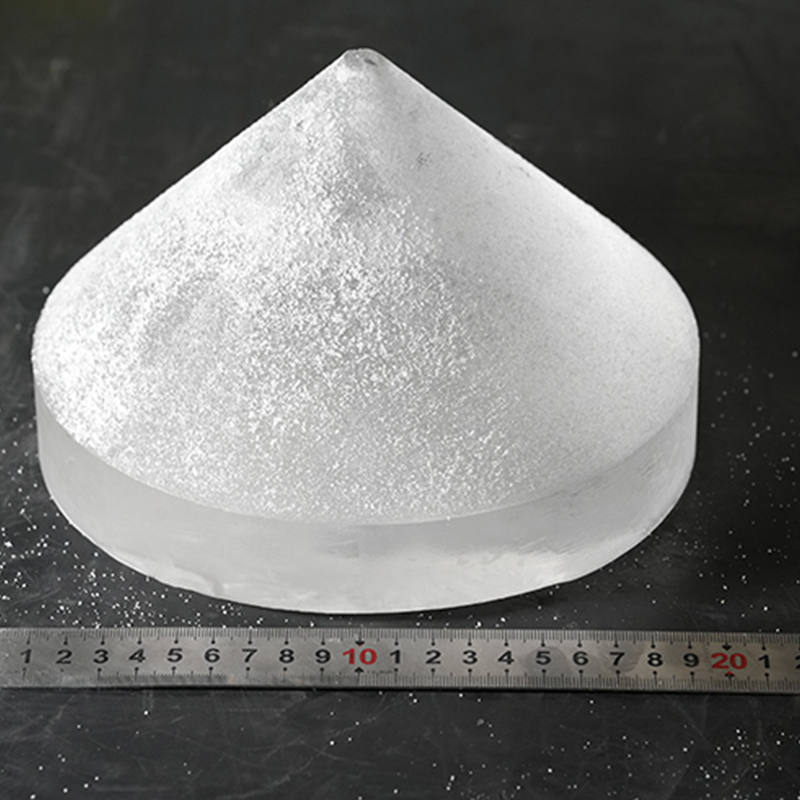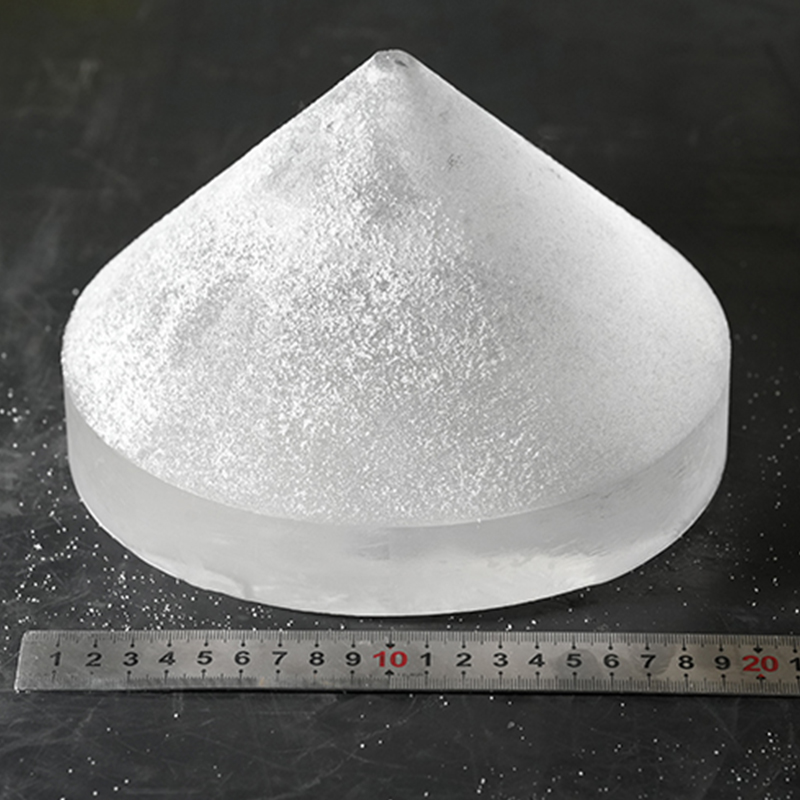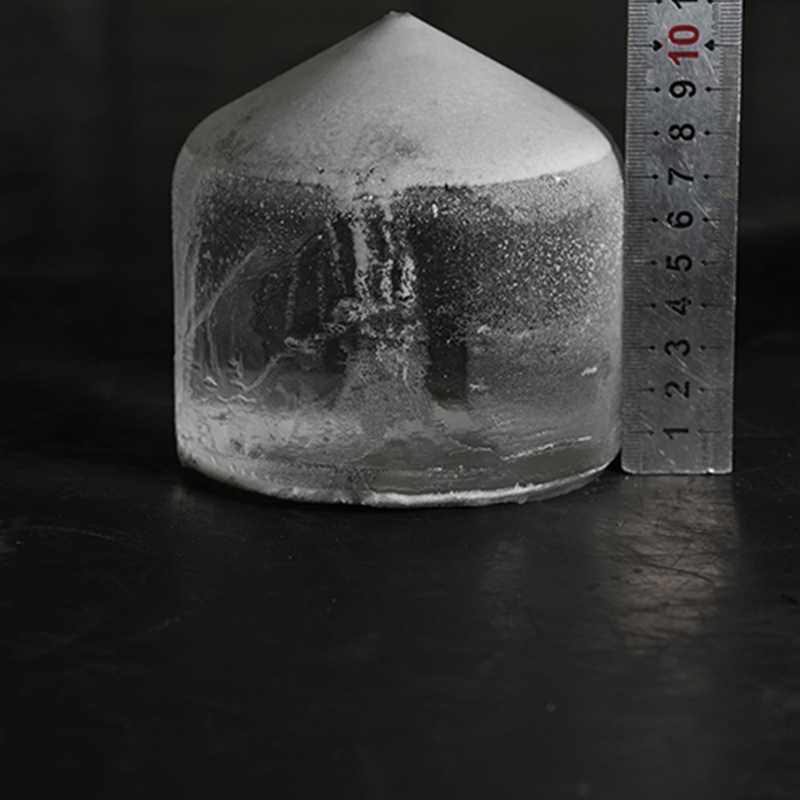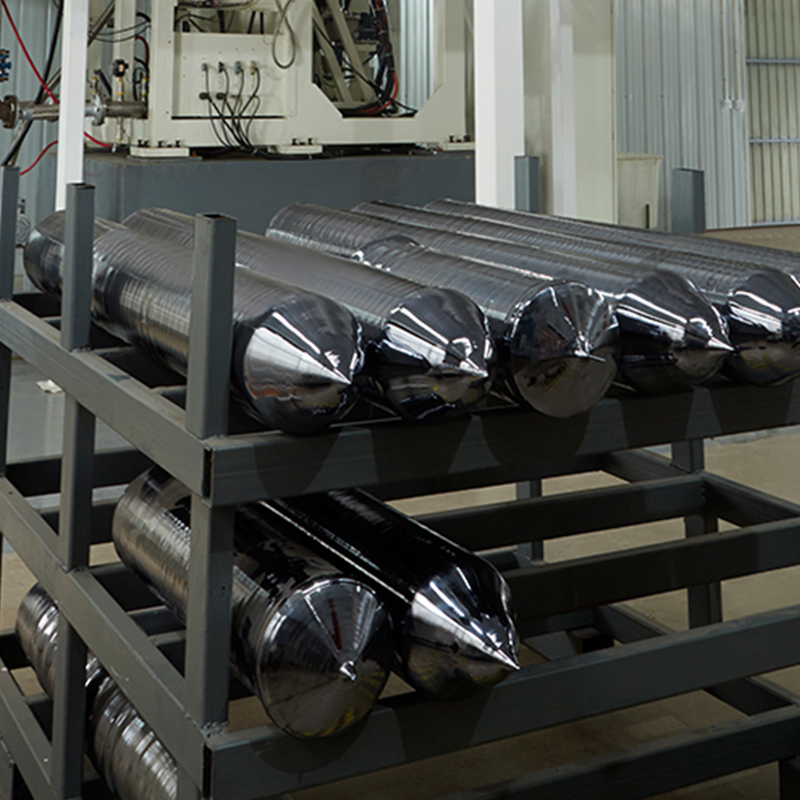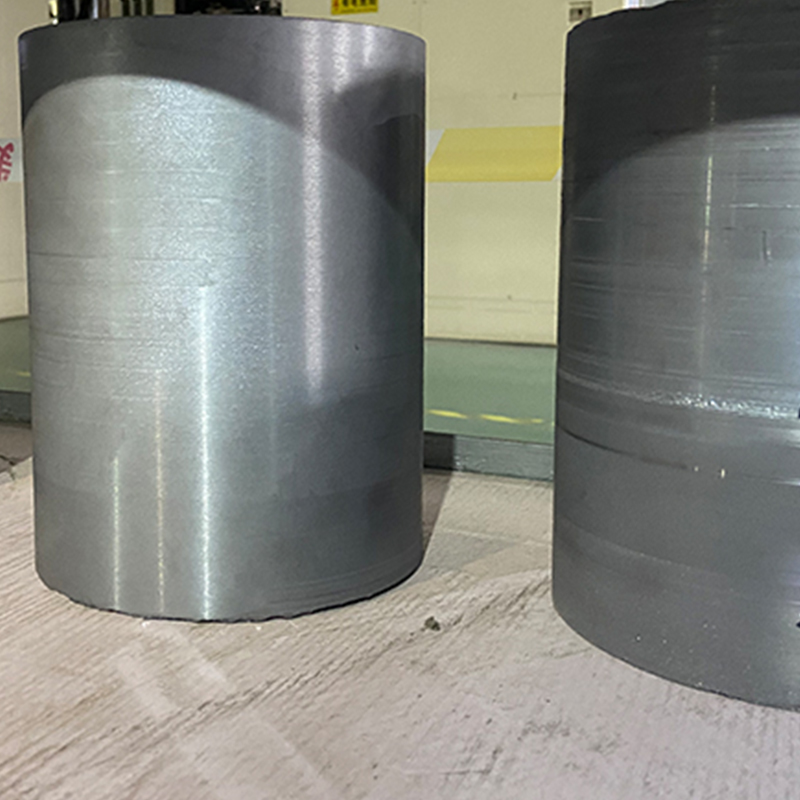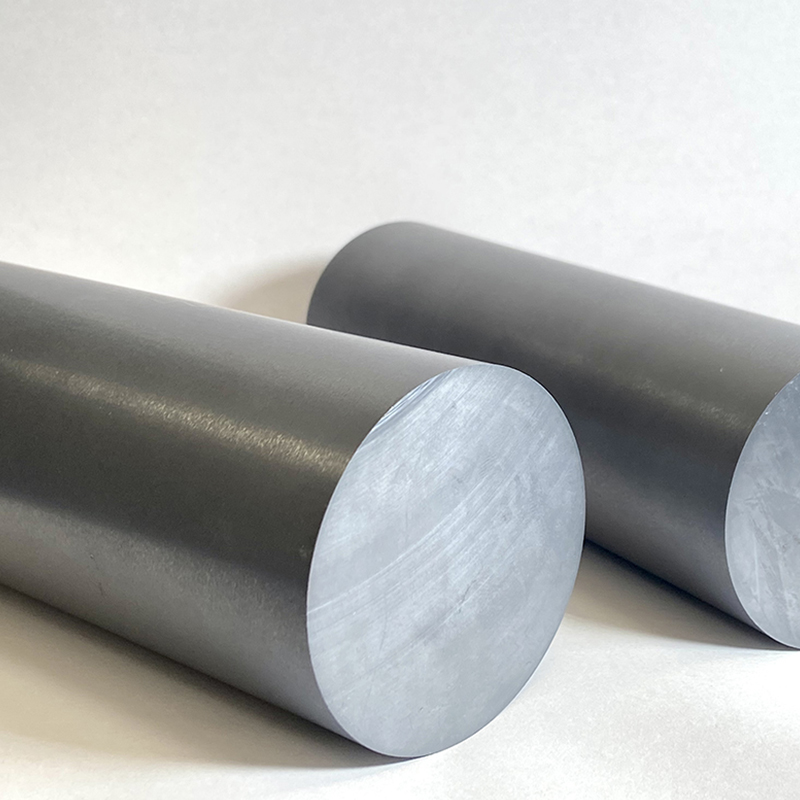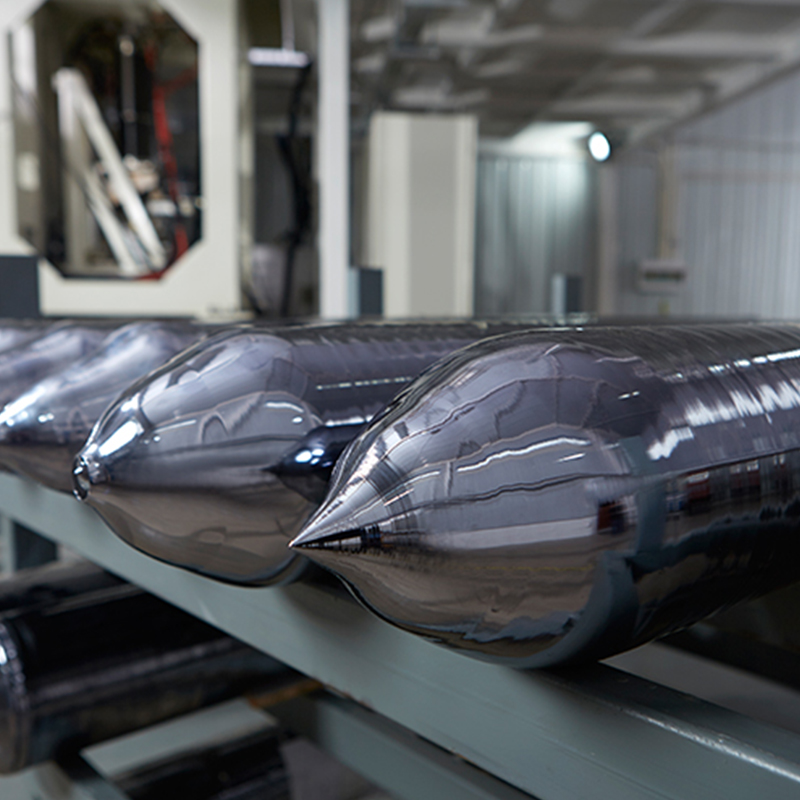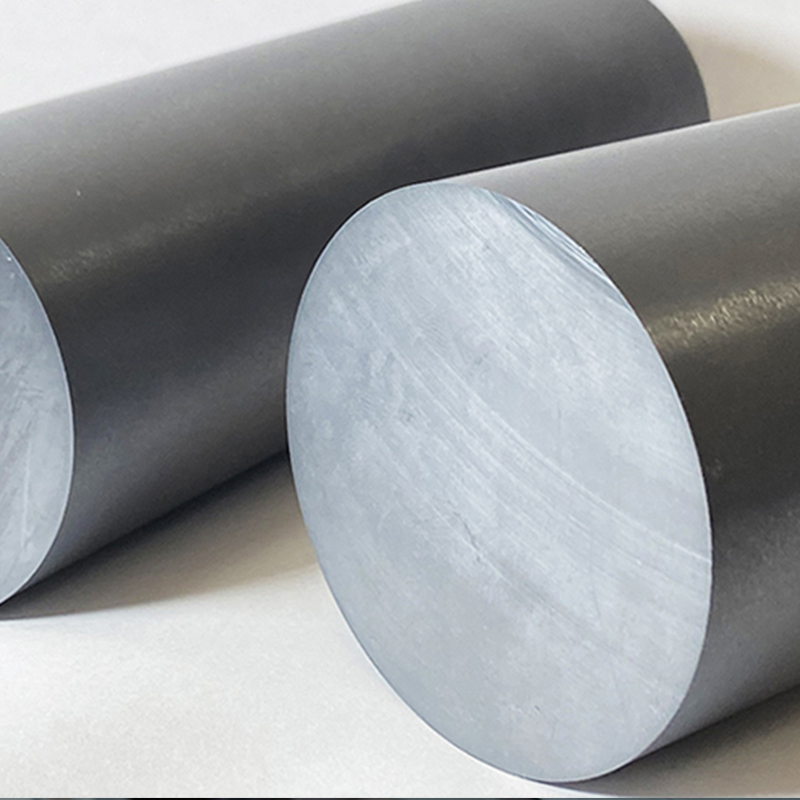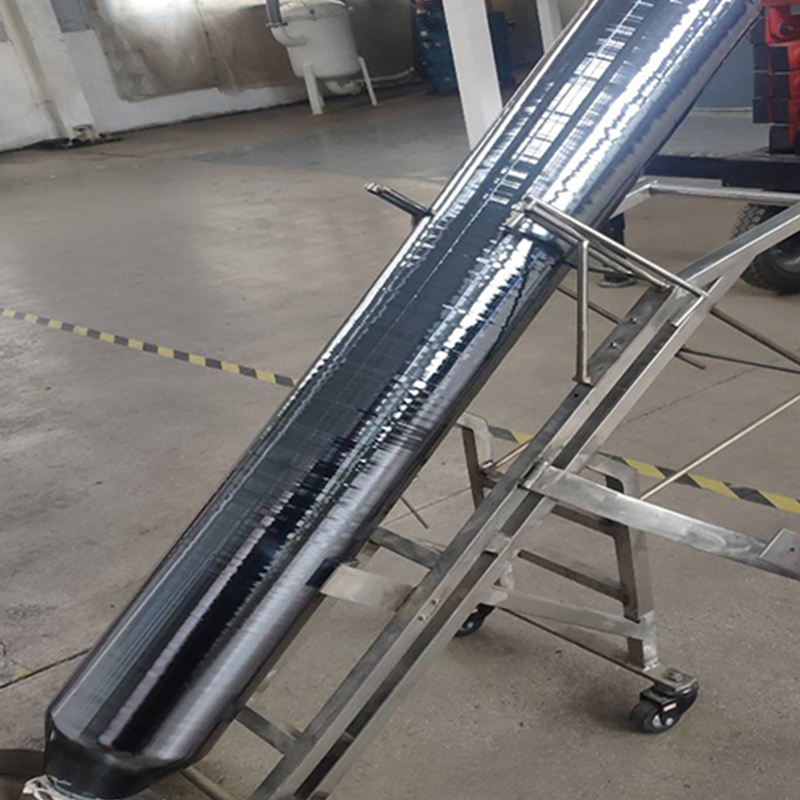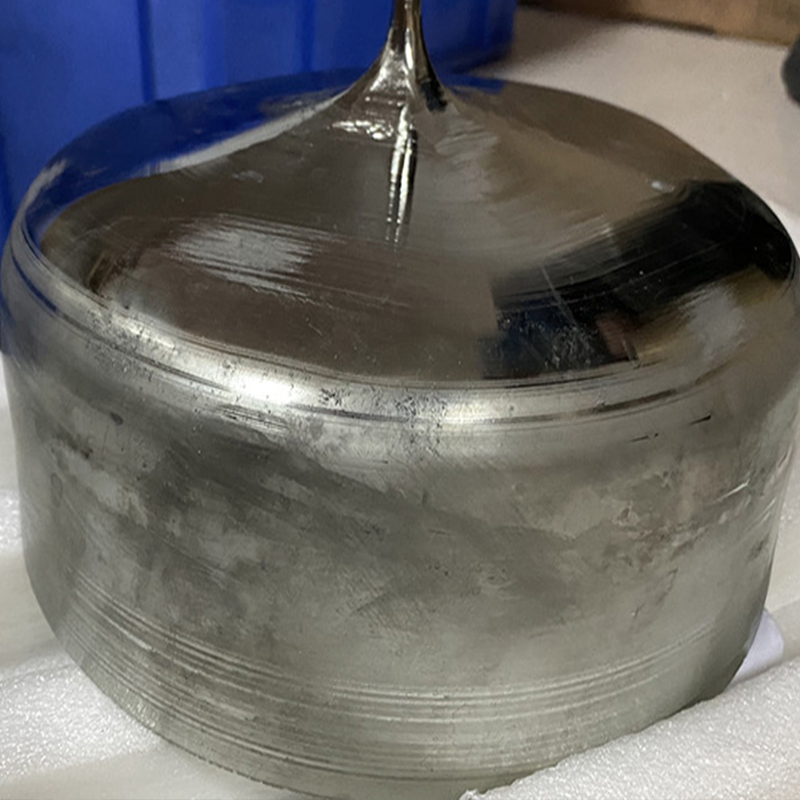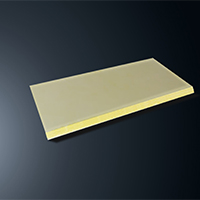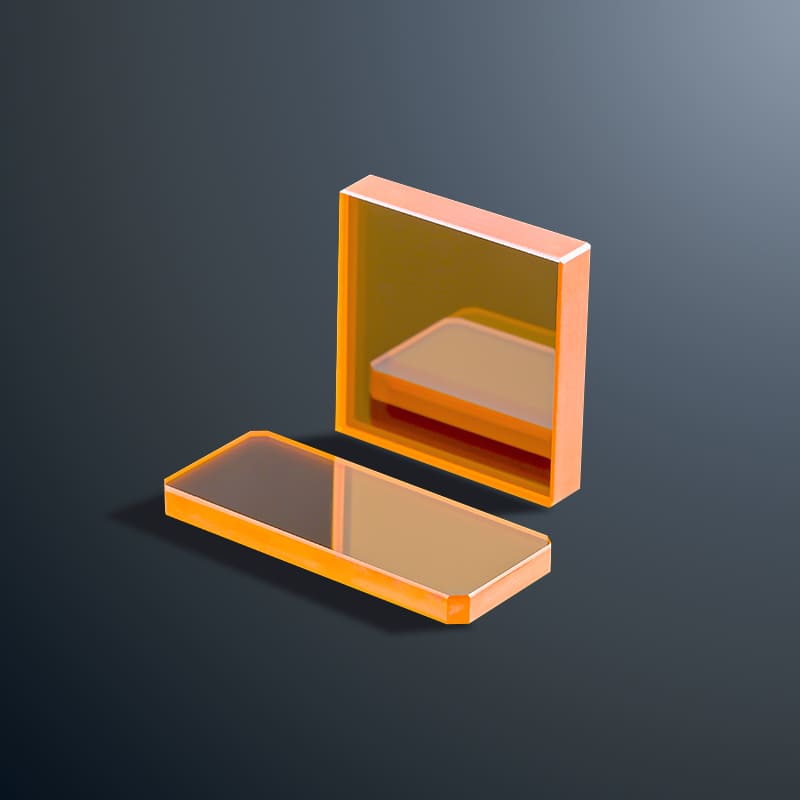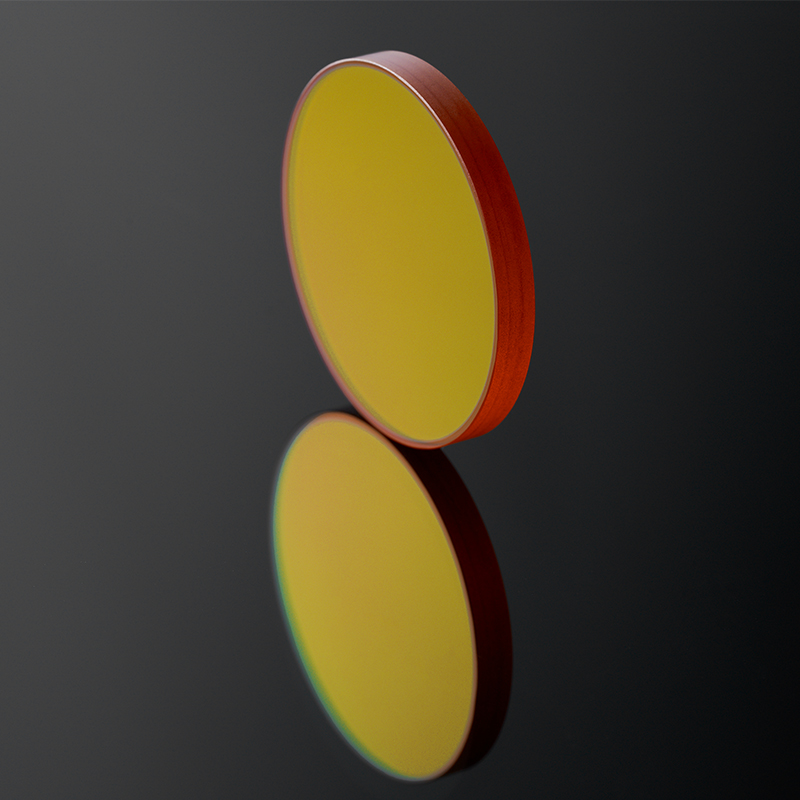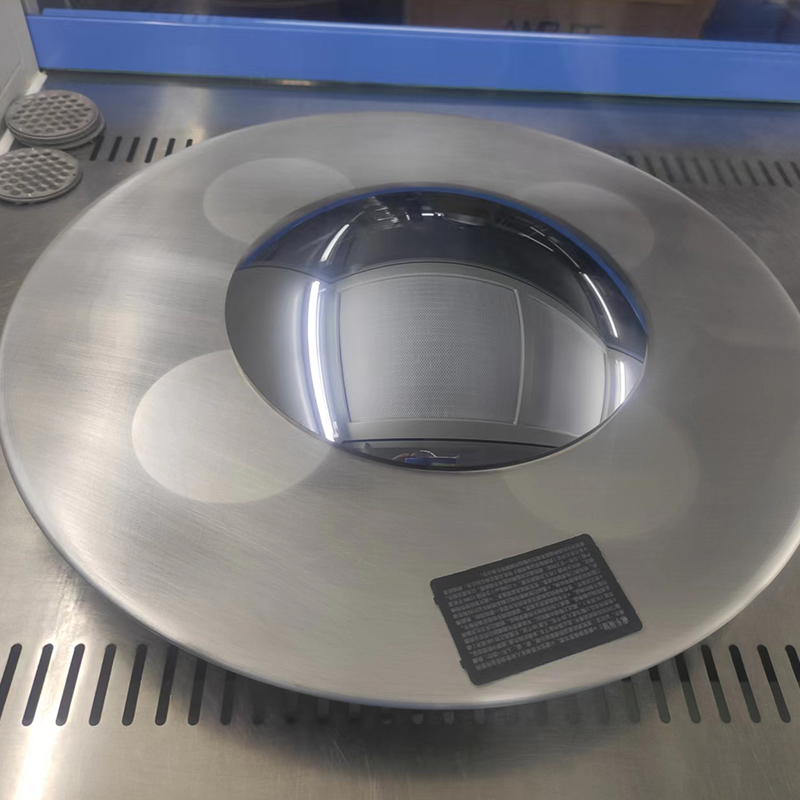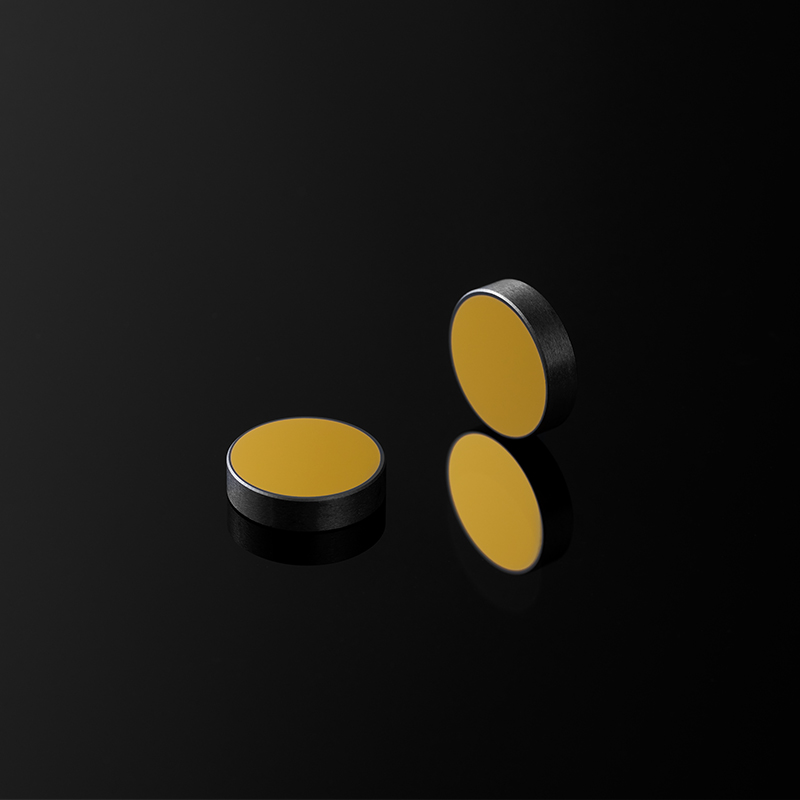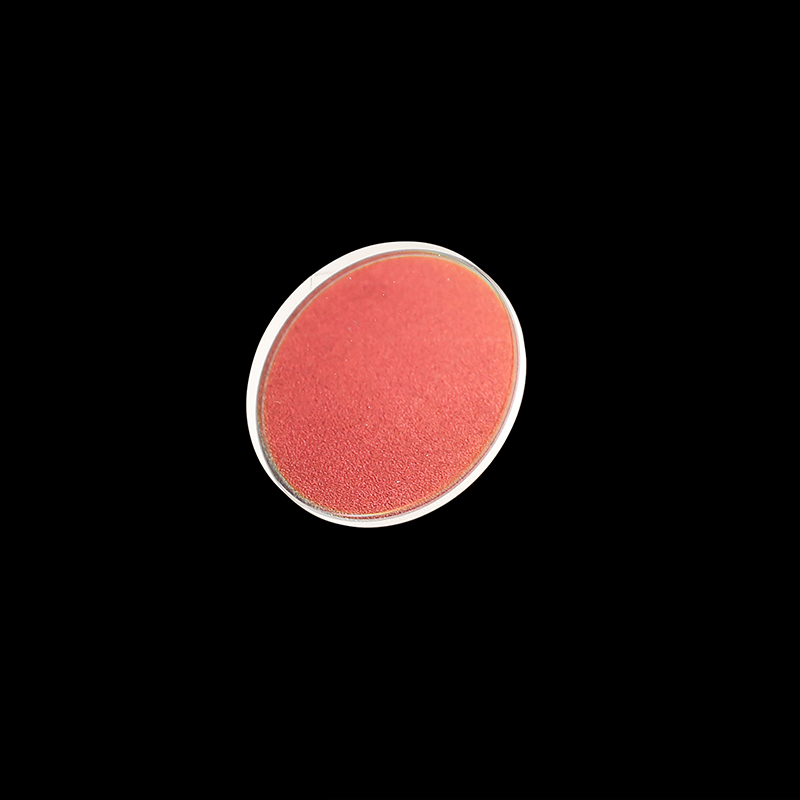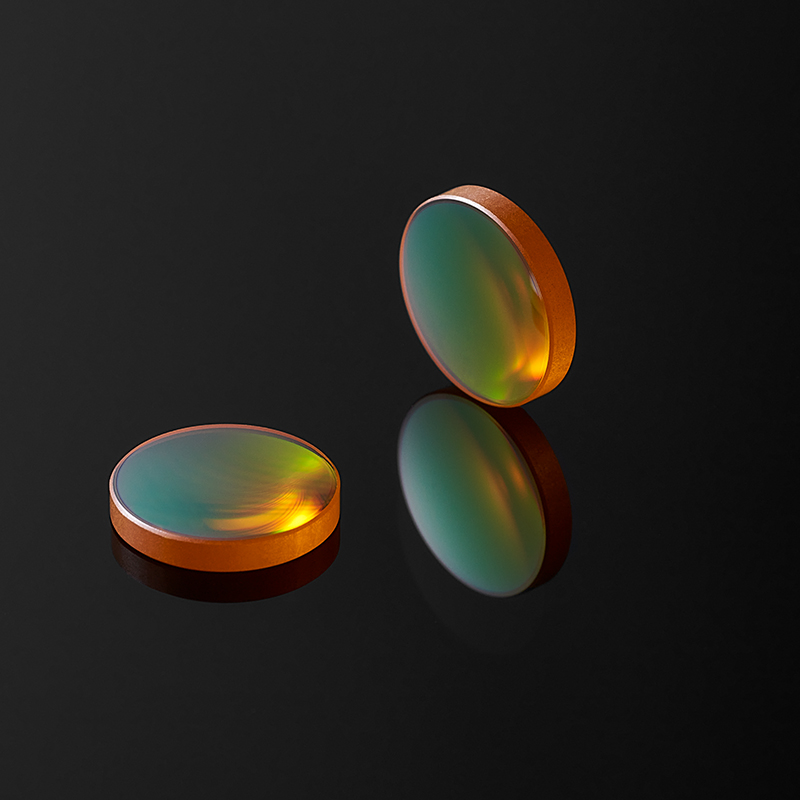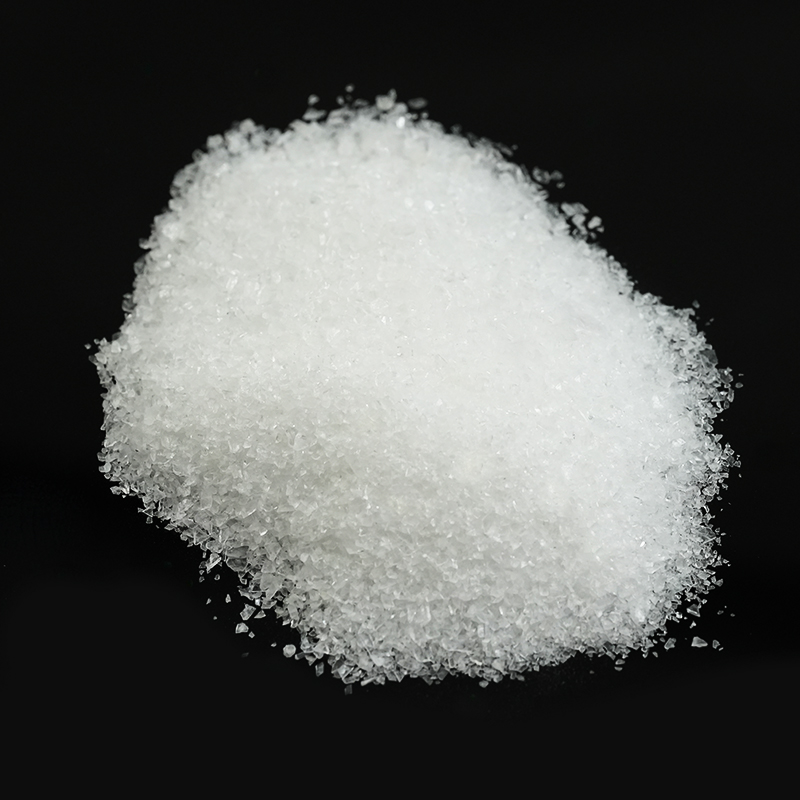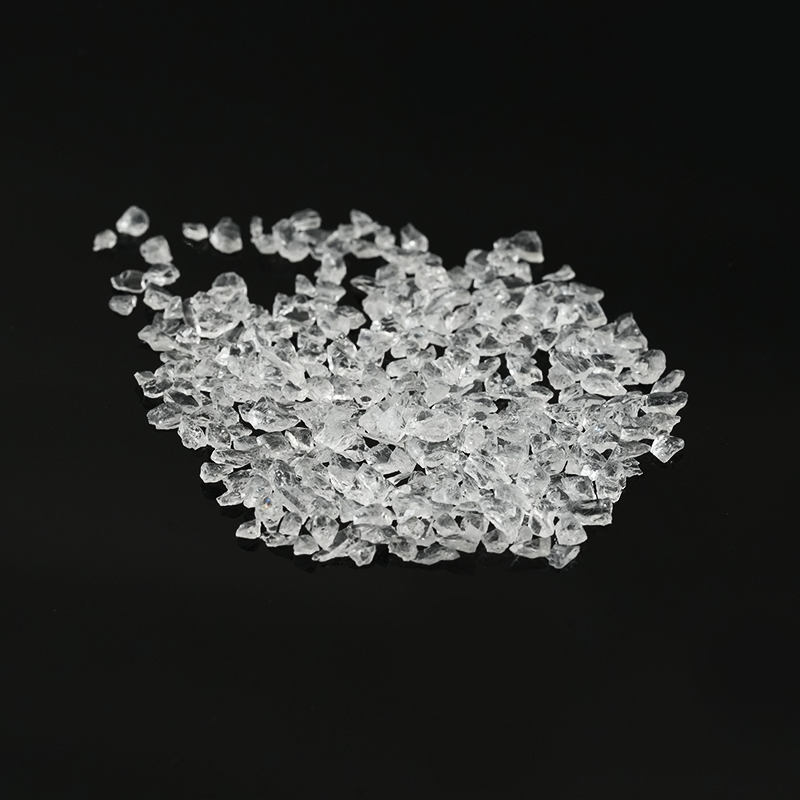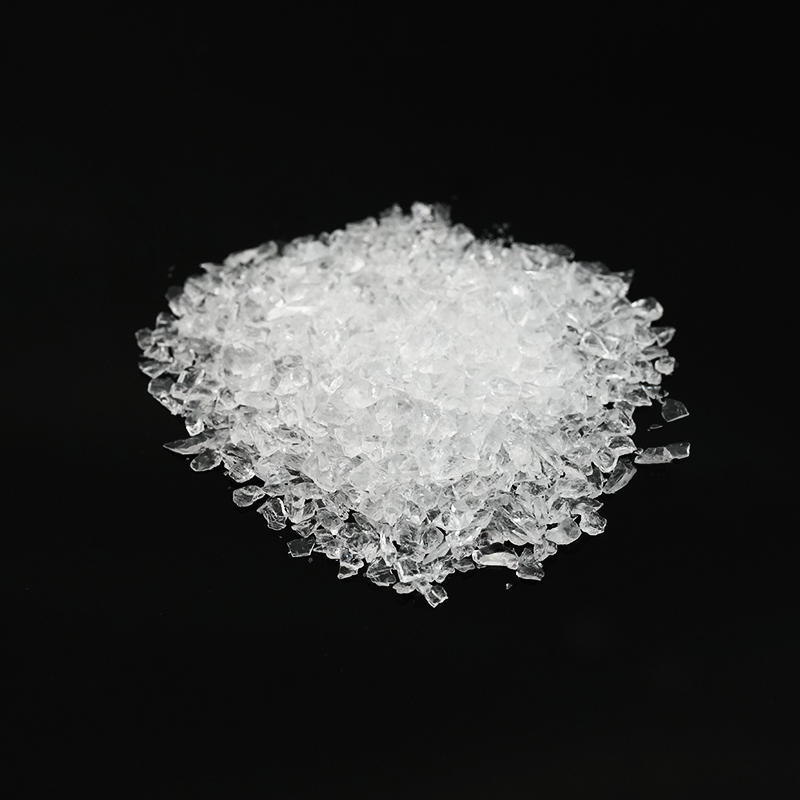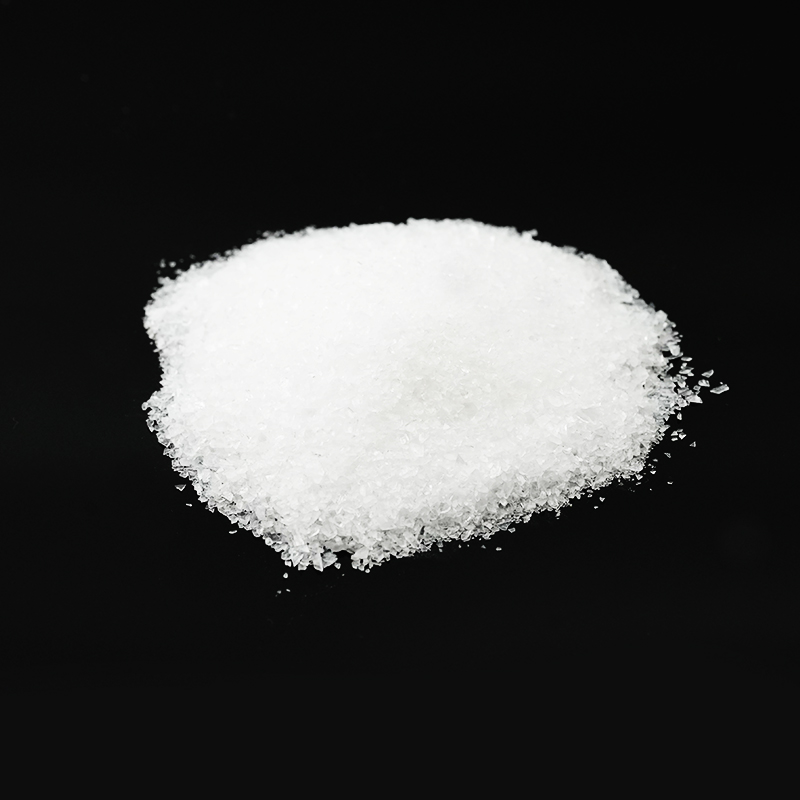-
Um Optics China Light Expo Exhibition Preview
2025-08-08
-
Um Optics Taiwan International Laser Exhibition Preview
2025-08-04
-
Preview of the 16th Um Optics Optoelectronics Industry Expo
2025-06-05
-
Um Optics shines at the 2025 German Sensor Testing Exhibition, connecting the world with innovative technology
2025-05-23
-
What are the applications of biconvex lenses?
2024-05-29
-
What are the applications of flat concave lenses?
2024-05-29
-
What are the applications of flat convex lenses?
2024-05-29
-
What are the applications of zinc selenide crystals?
2024-05-29
-
What are the applications of zinc sulfide?
2024-05-29
-
UM Optics June Nuremberg Exhibition in Germany Preview
2024-05-29
Lithium fluoride (LiF) is an inorganic compound belonging to the category of lithium halides. In solid state, lithium fluoride exists in the form of crystals and has a specific crystal density. The density of lithium fluoride crystals varies due to differences in crystal structure and measurement conditions. Generally speaking, the density of lithium fluoride crystals is 2.6 g/cm ³ Left and right. So what are the density characteristics and influencing factors of lithium fluoride crystals?
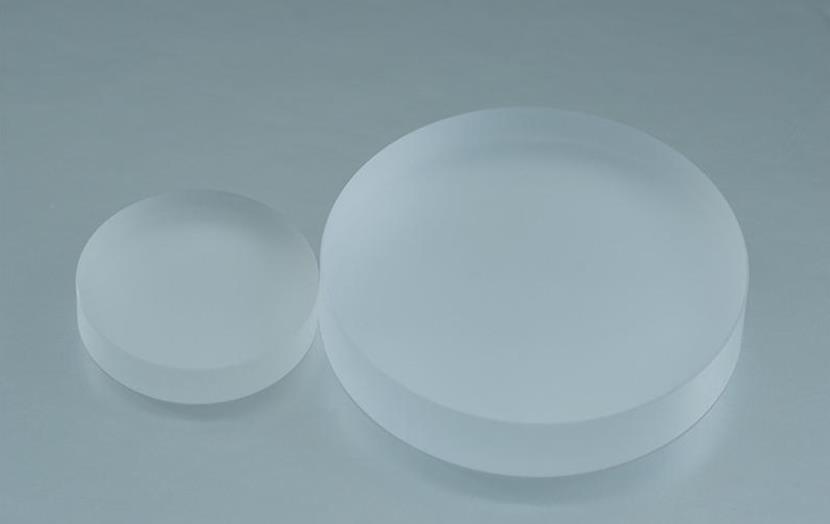
The Structure of Lithium Fluoride Crystals
Lithium fluoride crystals belong to ionic crystals, formed by the combination of lithium ions (Li+) and fluorine ions (F ⁻) through ionic bonds. In this crystal structure, lithium ions and fluorine ions alternate to form a regular lattice structure. Each lithium ion is surrounded by six fluorine ions, and each fluorine ion is surrounded by four lithium ions, forming a tetrahedral structure. This structure gives lithium fluoride crystals high stability in the solid state.
Density of lithium fluoride crystals
The density of lithium fluoride crystals refers to the mass of lithium fluoride crystals contained per unit volume. The size of density is related to the structure of the crystal, the distance between atoms, and the mass of atoms in the crystal. The density of lithium fluoride crystals can usually be measured experimentally or calculated.
The density of lithium fluoride crystals can be measured experimentally through various methods, such as X-ray diffraction, neutron diffraction, etc. These methods can accurately determine the crystal cell parameters and atomic spacing, thereby calculating the density of the crystal.
The theoretical calculation of the density of lithium fluoride crystals can be based on the crystal cell parameters and atomic mass. The lattice parameters can be obtained through experimental methods such as X-ray diffraction, and the atomic mass can be obtained from the periodic table of elements. By substituting these values into the density calculation formula, the theoretical density value of lithium fluoride crystals can be obtained.
Factors affecting the density of lithium fluoride crystals
The density of lithium fluoride crystals is influenced by various factors, including temperature, pressure, and crystal structure.
Temperature is one of the important factors affecting the density of lithium fluoride crystals. As the temperature increases, the ion vibration amplitude in lithium fluoride crystals increases, and the atomic spacing also changes, leading to changes in crystal density. Generally speaking, as the temperature increases, the density of lithium fluoride crystals gradually decreases.
Pressure can also affect the density of lithium fluoride crystals. Under high pressure, the ion spacing in lithium fluoride crystals decreases, leading to an increase in crystal density. Therefore, the density of lithium fluoride crystals increases with increasing pressure.
The crystal structure is one of the important factors determining the density of lithium fluoride crystals. Different crystal structures can lead to different atomic spacing and arrangement, thereby affecting the density of the crystal. Lithium fluoride crystals have various crystal structures, such as face centered cubic structure, hexagonal densest packing structure, etc. These different structures can lead to differences in the density of lithium fluoride crystals.
Application of Lithium Fluoride Crystal Density
The density of lithium fluoride crystals has a wide range of applications in materials science, physics, and chemistry. Firstly, the high density of lithium fluoride crystals makes them an important optical material for preparing high refractive index optical components and coatings. Secondly, lithium fluoride crystals also have potential application value in fields such as solid-state batteries and ion conducting devices. In addition, lithium fluoride crystals can also be used to prepare other fluorides, catalysts, and ceramic coatings.

